Are you fascinated by the world of rare and luxurious rugs? Do you wonder which antique rugs have fetched the highest prices and why? If so, you are in the right place. In this article, we count down the top 10 most expensive rugs ever sold at auction. Each of these rugs has a unique story reflecting the culture, history, and artistry of its creators.
Note: We only include rugs that actually changed hands at auction; museum-held pieces are excluded.
10. Polonaise Silk & Metal-Thread Rug — Iran (17th c.) — $790,000

At a glance: Isfahan or Kashan | Silk with gold/silver-wrapped thread | Sotheby’s New York, 2015 | $790k
[Source]
Often called “Polonaise” rugs due to a mistaken belief that they were made in Poland, these opulent carpets were actually woven in Safavid Iran.
They are prized for their shimmering silk foundations and metal-wrapped threads, which would have glittered under candlelight.
This example, linked to King Umberto II of Italy, shows intricate vinery and arabesques on an unusually well-preserved emerald ground—an opulent snapshot of Safavid court taste.
9. First-Phase Navajo Chief’s Blanket — USA (c. 1840) — $1.8 million

Not all top-priced textiles come from Persian courts—this humble-looking Navajo wool blanket made headlines for saving a man’s life. In June 2012, Loren Krytzer, a man down on his luck, sold an old Navajo blanket he inherited for a staggering $1.5 million at auction.
The blanket was identified as an ultra-rare “First Phase” Ute-style Navajo chief’s blanket from the mid-1800s, one of the earliest and most coveted forms of Navajo weaving.
Its simple banded design belies its historical value: such blankets were highly prized in their time, often costing as much as a herd of livestock. This particular piece’s story captured imaginations – it had been used as a throw for a cat and nearly discarded before its true worth was recognized.
One Man Saved His Own Life By Selling A Rare Blanket:
8. Safavid “Paradise Garden” Carpet — East Iran (late 16th–early 17th c.) — $2.03 million

At a glance: East Persia | Wool | Sotheby’s New York, 2005 | $2.03m
[Source]
A monumental 11 x 27 ft Safavid carpet from the billionaire banker Edmond J. Safra collection, densely populated with deer, lions, birds, and mythical creatures amid trees and flowering shrubs.
These “paradise garden” or “hunting” rugs evoke the ancient Persian ideal of an earthly garden. Scale, preservation, and top-tier provenance drove the price beyond $2 million.
7. Rothschild Tabriz Medallion Carpet — Iran (16th c.) — $2.4 million

At a glance: Tabriz, NW Persia | Silk | Sold 1999 | $2.4m | Now: Museum of Islamic Art, Doha
[Source]
The Rothschild Tabriz Medallion Carpet from the 16th Century was stolen from the Rothschild family in Austria by the Nazis during World War II.
The exquisite Persian rug measures over 20 feet long and sold for $2.4 million. Qatar's Sheikh al-Thani was the buyer. The carpet is made in northwest Persia. It was initially expected to fetch around $400,000. Instead, it was purchased for $2.4 million by Sheikh Saud al-Thani of Qatar.
It is now housed in Qatar's Museum of Islamic Art as a touchstone of Safavid luxury weaving.
6. Louis XV Savonnerie Carpet (after Pierre-Josse Perrot) — France (c. 1740–50) — $5.7 million

At a glance: Paris (Savonnerie manufactory) | Wool, Turkish-knot technique | Sold 2000 | $4.4m
[Source]
Taking a few steps away from the East for a moment, we find this 18th-century French masterpiece.
One of only three carpets woven for Louis XV’s dining room at La Muette, later in Karl Lagerfeld’s collection.
This stunning carpet, designed by Pierre-Josse Perrot and woven between 1740 and 1750, is embellished with incredible detail. It is an awe-inspiring piece with a complex, almost three-dimensional design. The design vividly illustrates the 18th-century Royal Arms of France, wrapped in Rococo trophies, bouquets, and scrolls. As many royal rugs were destroyed after the Revolution, surviving Savonneries of this pedigree are vanishingly rare.
The Savonnerie workshop was established in the 1600s in Paris specifically to produce such luxurious rugs, using the Turkish knot technique but with French artistry.
5. Silk Isfahan Rug (ex–Doris Duke) — Iran (c. 1600) — $4.45 million

At a glance: Isfahan | All-silk (warp, weft, pile) | Christie’s New York, 2008 | $4.45m
[Source]
A stunning Isfahan silk rug was sold at Christie's in June 2008 to a Long Island resident who preferred to remain anonymous. Perhaps because they paid $4.5 million for this Persian rug.
A jewel of Safavid artistry: compact area rug (~5′7″ x 7′7″), radiant with ~14 natural-dye colors, and woven entirely in silk.
Formerly owned by philanthropist Doris Duke and later deaccessioned by the Newport Restoration Foundation, it dazzles with a delicate lattice of vines and blossoms, superb knot density, and near-pristine preservation.
4. The Pearl Carpet of Baroda — India (1860s) — $5.5 million

At a glance: Baroda (Vadodara) | Silk & fine deerskin base, millions of Basra pearls, diamonds, rubies, emeralds, sapphires | Sotheby’s Doha, 2009 | $5.5m
[Source]
This rug is also among the top most expensive in the world, featuring an intricate design made up of pearls, diamonds, rubies, emeralds, and sapphires. The carpet was commissioned by the Maharaja of Baroda in the 19th century and is considered a masterpiece of Indian art.
The Pearl Carpet of Baroda, commissioned in 1865 for the tomb of Prophet Muhammad in Medina, Saudi Arabia, never arrived at its intended destination. Still, it indeed found its way into modern history.
Not only is the base of silk and fine deer hide remarkable, but so is the astounding detail that makes this fantastic tapestry sparkle like a piece of jewelry. At least one million Basra pearls are woven with English-colored glass beads and other precious stones such as rubies, emeralds, sapphires, and even diamonds in gold-topped silver in the rug.
The Pearl Carpet of Baroda was the highlight of Sotheby's 2009 auction, selling for $5.5 million to an anonymous buyer in Doha. The carpet is now part of the National Museum of Qatar's permanent collection, finally resting after a 150-year history of owners and inheritance.
3. Mughal Millefleurs “Star-Lattice” (the Vanderbilt Carpet) — North India (late 17th–early 18th c.) — £4.8 million (~$7.7m)

At a glance: Likely Kashmir/Lahore region | Pashmina-wool pile | Christie’s London, 2013 | £4.8m (≈$7.7m)
[Source]
Unsurprisingly, a carpet from the Far East is among the most expensive rugs in the world. At a Christie's auction in 2013, this 18th-century North Indian rug sold for more than £4.7 million, far exceeding its estimated price.
Its first owner was the renowned socialite and businessman Cornelius Vanderbilt II. Like almost every item in this article, it has had several owners. However, the final buyer, who faced off against another bidder in a nail-biting finish, has chosen to remain anonymous.
The Pashmina-wool carpet has an intense scarlet field with a golden star latticework design enclosing symmetrical arrays of pink, yellow, white, and blue jasmine and lotus blossoms. It has only minor signs of wear and tear, which had no impact on the final selling price. Scholars and experts have dubbed it "the most sublime of all decorative carpets." It is one of only 12 Millefleur (French for "a thousand flowers") rugs from the period.
2. Kerman “Vase” Carpet (Comtesse de Béhague) — Iran (mid-17th c.) — £6.2 million (~$9.6m)

At a glance: Kerman, SE Persia | Wool, “vase-technique” multi-weft | Christie’s London, 2010 | £6.2m (≈$9.6m)
[Source]
This Persian rug is an intriguing story. The carpet was estimated at $900 in 2009, four years before the most valuable carpet sale. Someone bought it for €20,000 at the auction. However, the seller was dissatisfied and went to Christie's auction house, which estimated between £200,000 and £300,000.
The following auction drew an incredible number of bidders and began at £150,000. It eventually sold for €7.5 million to a Middle-Eastern buyer, making it the most expensive rug in the world at the time.
An intriguing dispute between owners, auction houses, and donors resulted in this one-of-a-kind piece of Persian tradition and artistry making even more history. It proves once again that some objects are difficult to value.
1 - The Most Expensive Rug: The Clark “Sickle-Leaf” Carpet — Iran (17th c.) — $33.8 million

At a glance: Kerman | Wool, vase-technique | Sotheby’s New York, 2013 | $33.8m (all-time record)
[Source]
This 17th-century antique Persian carpet was sold for a record-breaking $33.7 million. The carpet is named after its former owner, William A. Clark, an industrialist and senator from Montana. The carpet features a red ground with a sickle-leaf design and is considered one of the finest examples of its kind.
The auction at Sotheby's New York stunned everyone as it shattered all records and became the most expensive rug ever sold. The unknown buyer from the Middle East, unwilling to let it go at almost any price, acquired the rarest masterpiece in handmade rugs for a museum there. Expectations of the rug fetching around $10 million were surpassed, leaving everyone amazed.
Watch this video describing the most expensive rug of all time, the Clark Sickle-Leaf Carpet:
Why Are These Rugs So Expensive?
As we’ve seen, each of these rugs achieved its price due to a combination of factors.
Age and rarity play a huge role – many are centuries old and represent weaving traditions that have few surviving examples.
Their craftsmanship and materials are often extraordinary (silk foundations, silver and gold threads, jewel embellishments, high knot densities), elevating them to the level of artwork.
Provenance also adds value: rugs owned by famous collectors or with historic tales (like the Rothschild, Vanderbilt, or Clark pieces) generate extra excitement in the market.
Moreover, these rugs are typically in remarkably good condition for their age, often because they were cherished like treasures.
Finally, in recent years, there’s been growing recognition of antique rugs as a legitimate collectible art form. Wealthy collectors and museums from Doha to Los Angeles are willing to pay top dollar, viewing these carpets as cultural masterpieces on par with paintings or sculptures.
In essence, the rugs on this list aren’t just floor coverings – they are history woven in wool and silk, each with its own story, beauty, and legacy that justify the millions spent to acquire them.





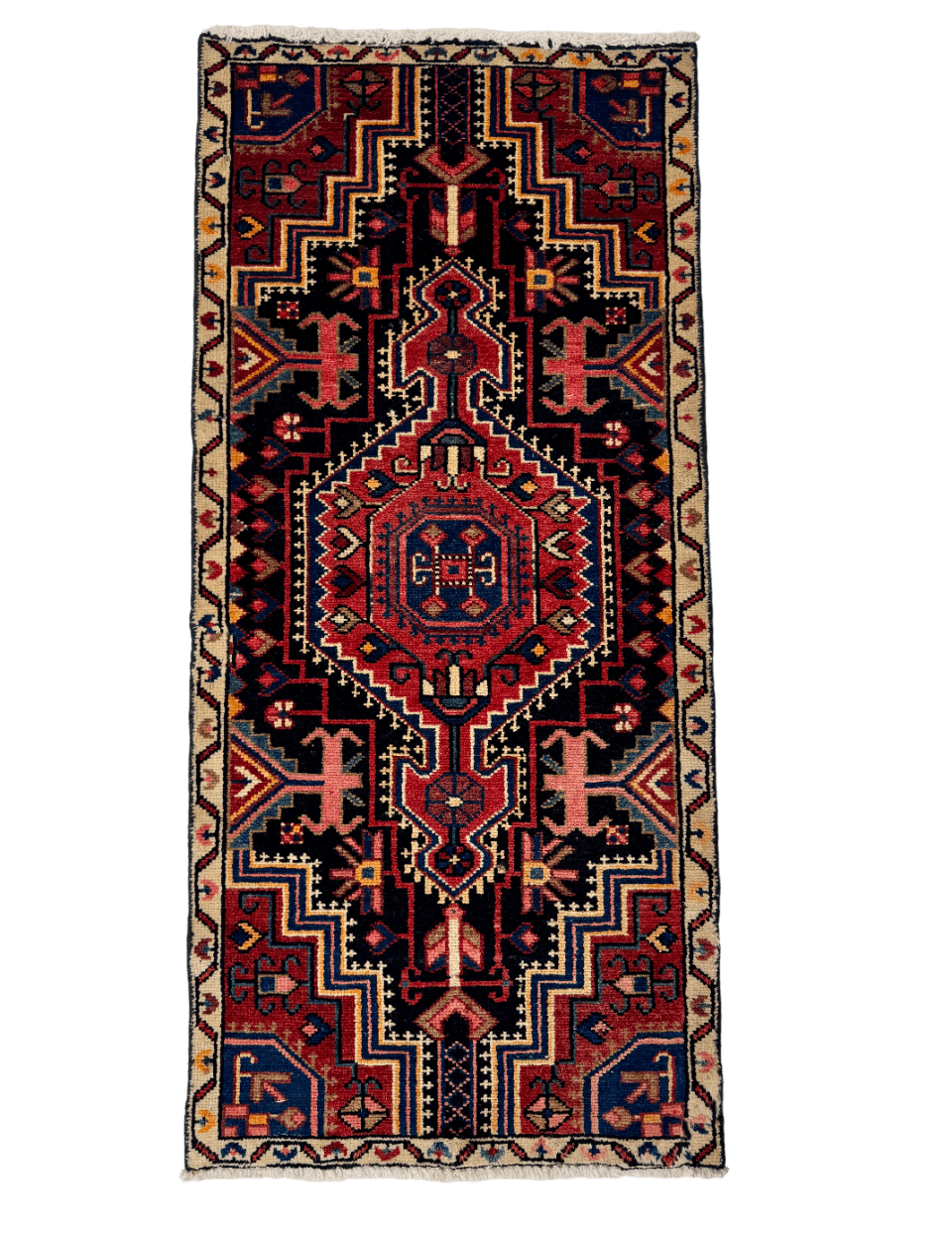
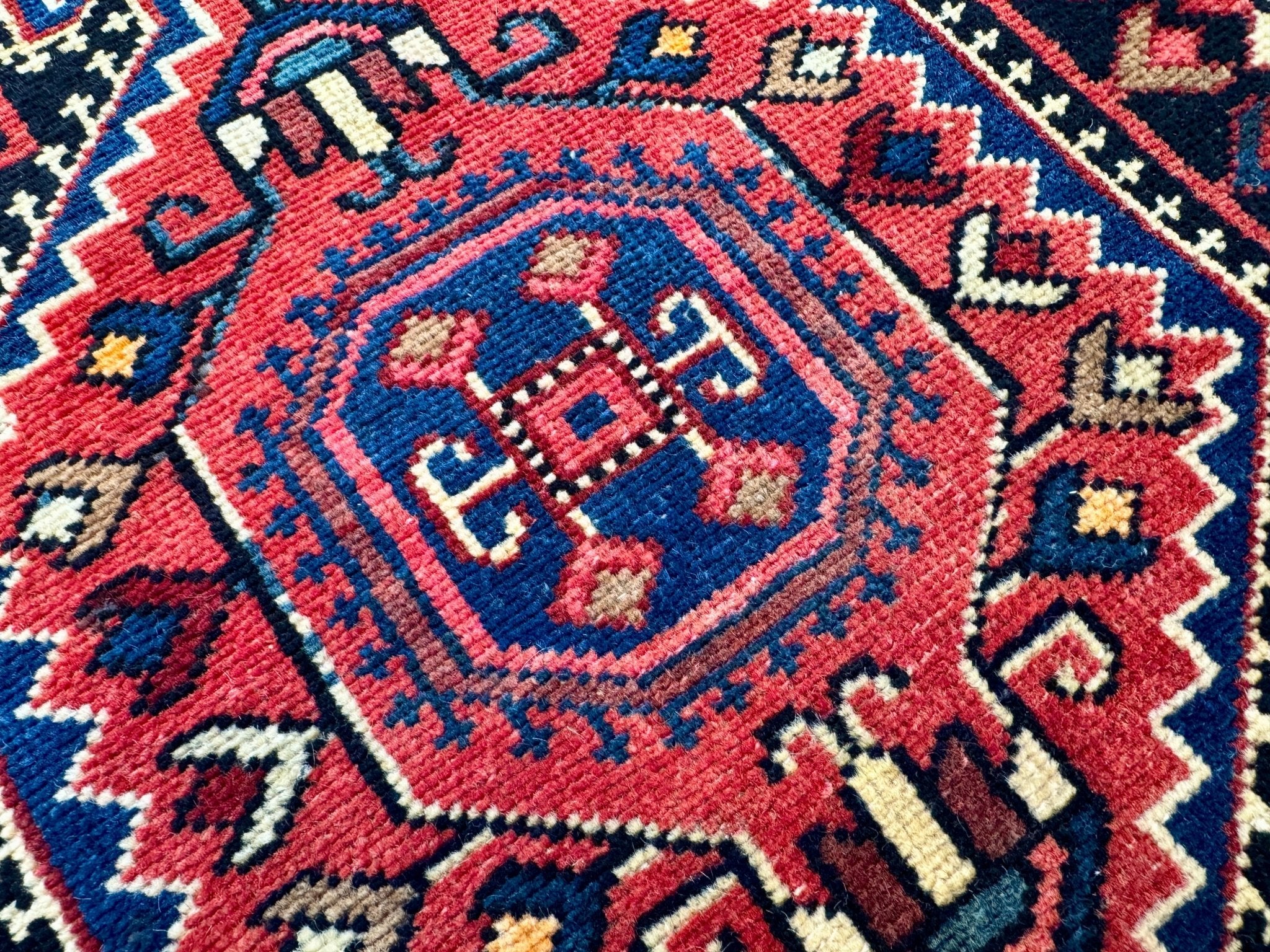
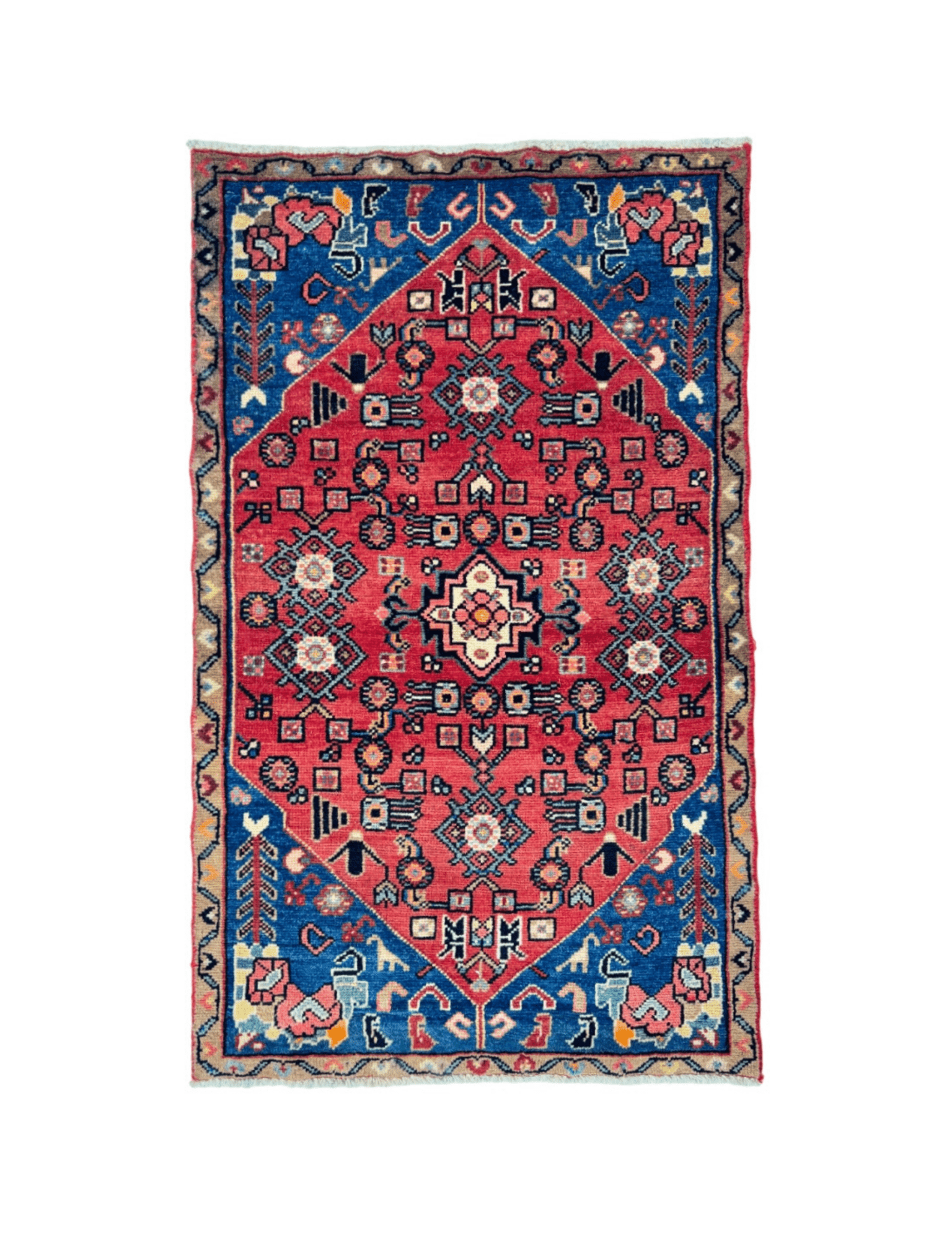
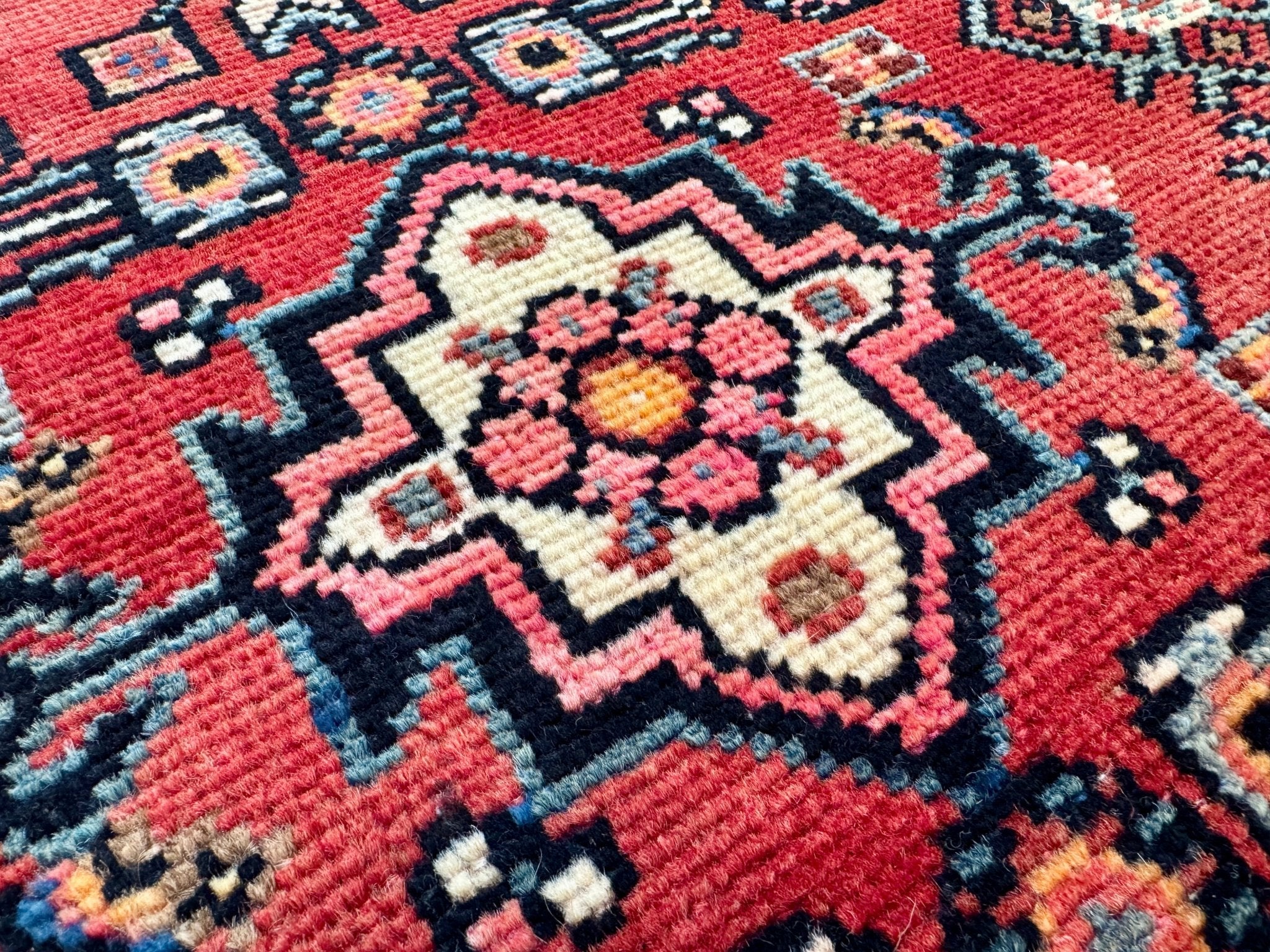
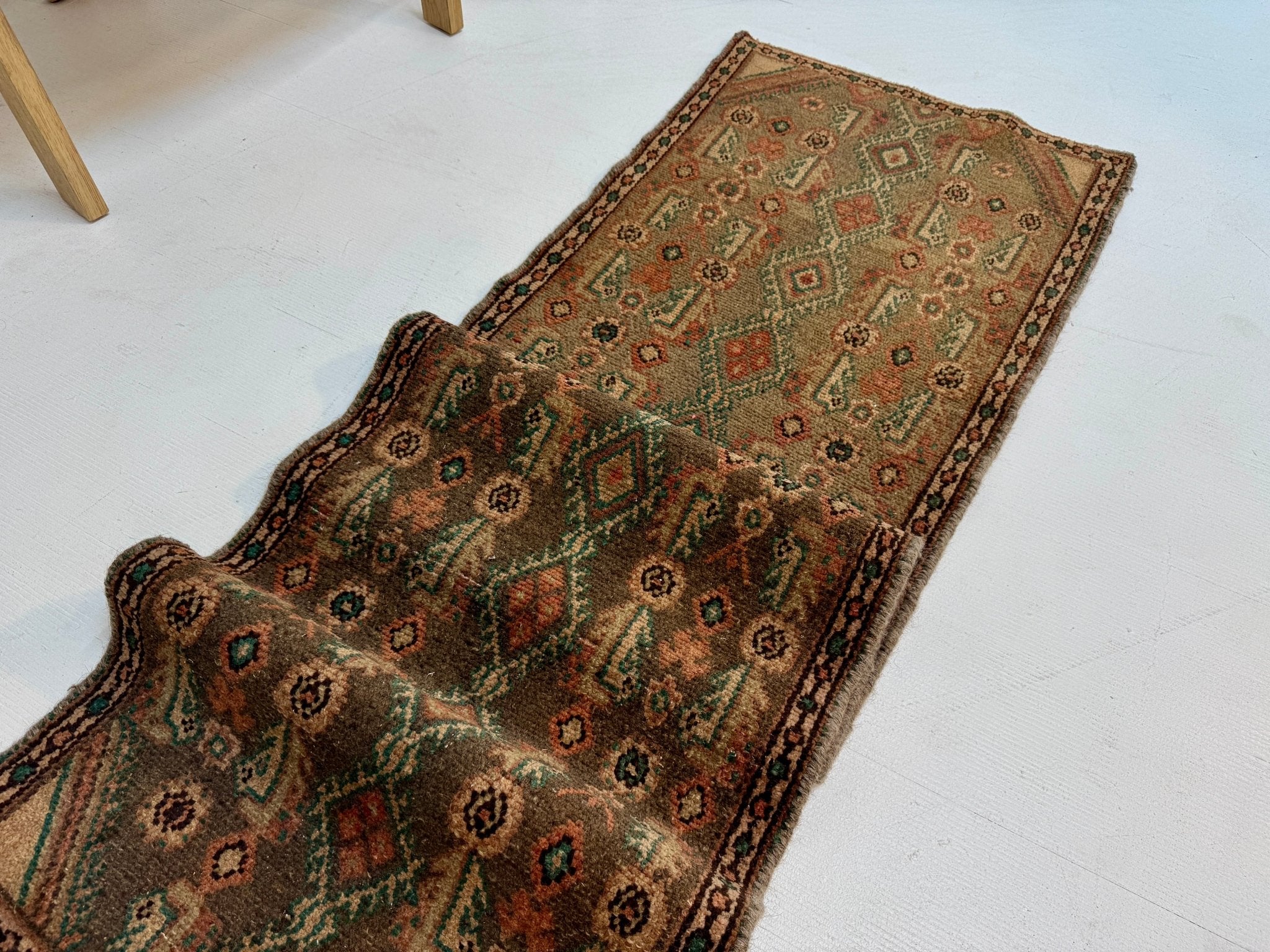
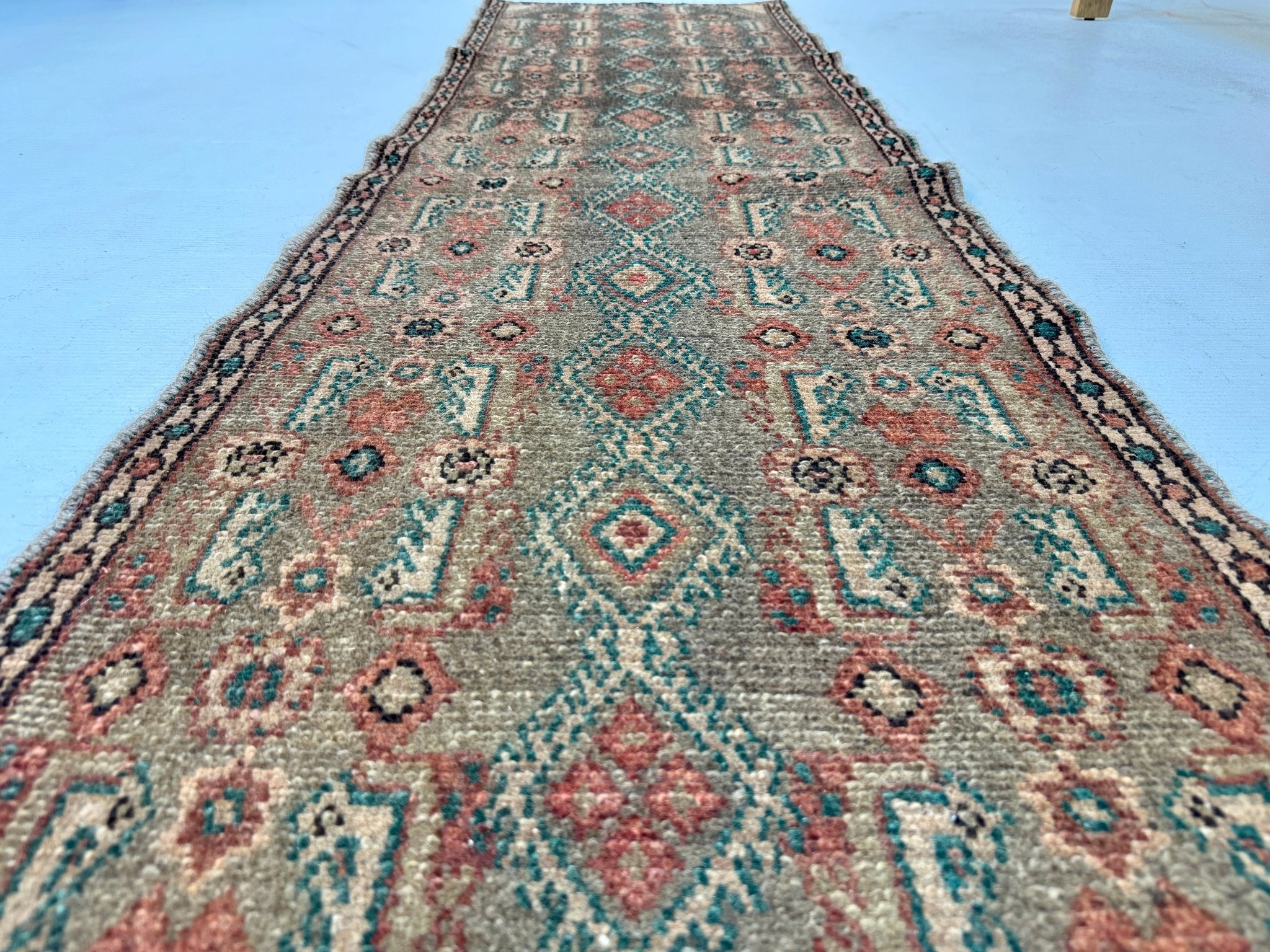
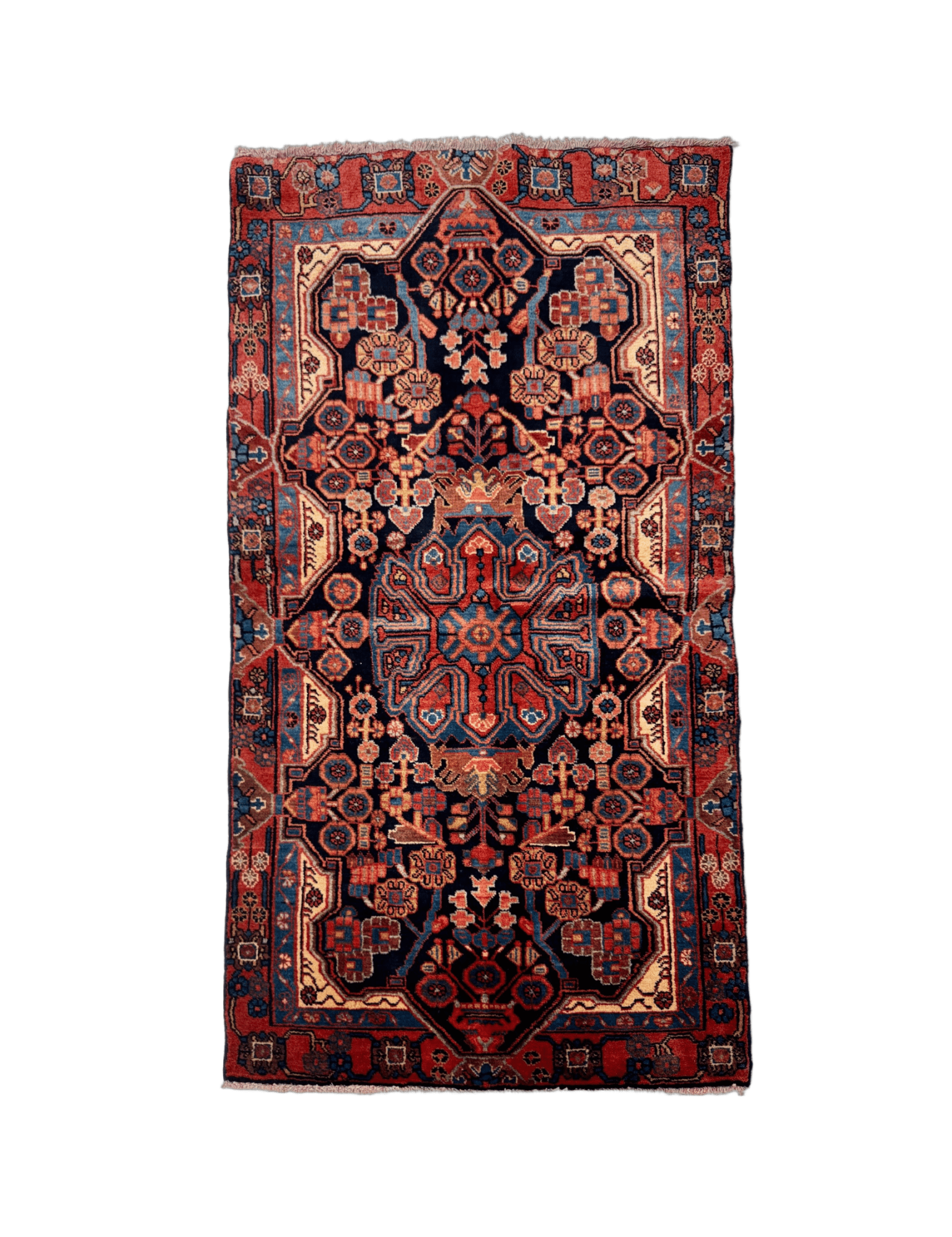
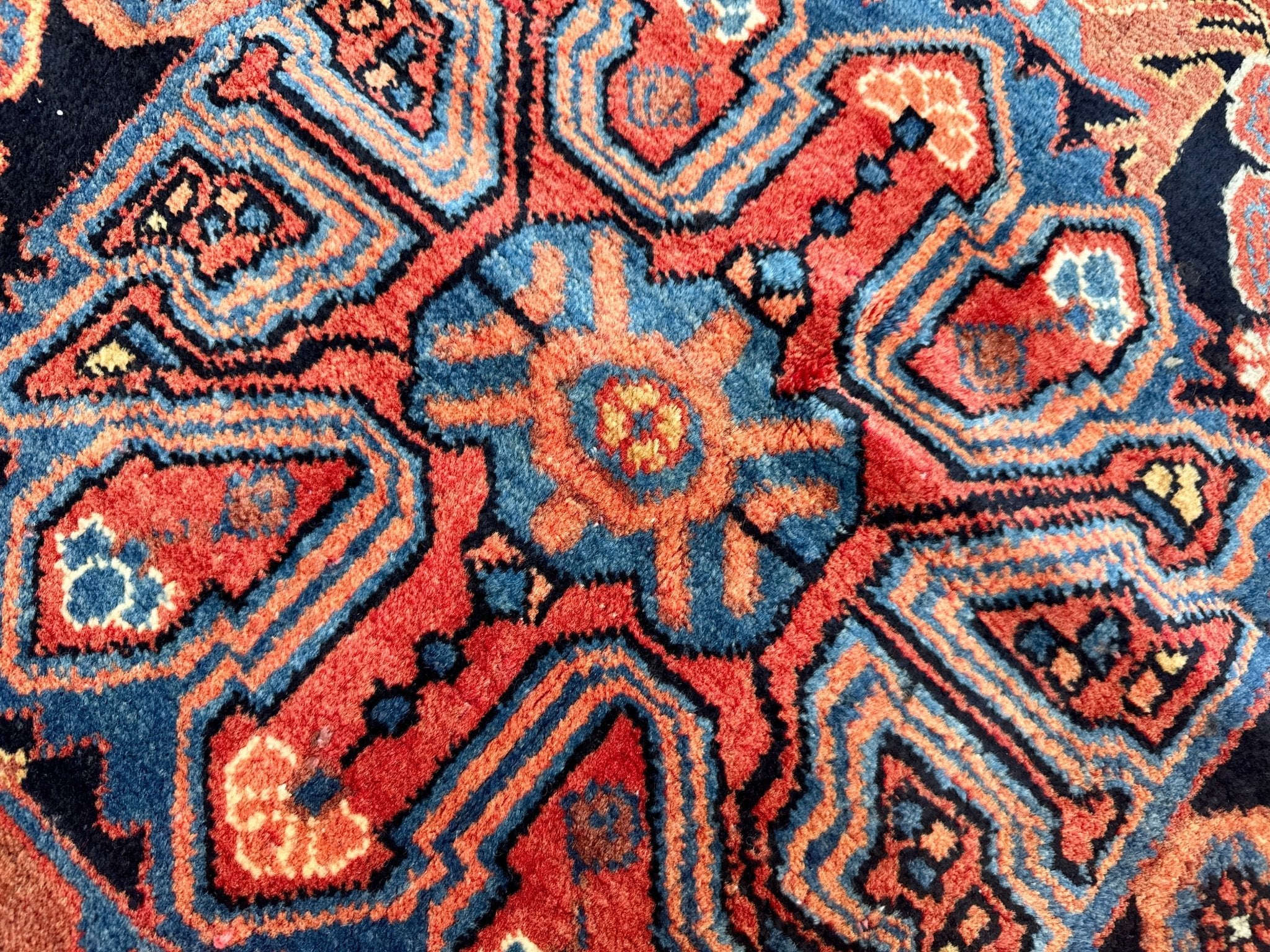
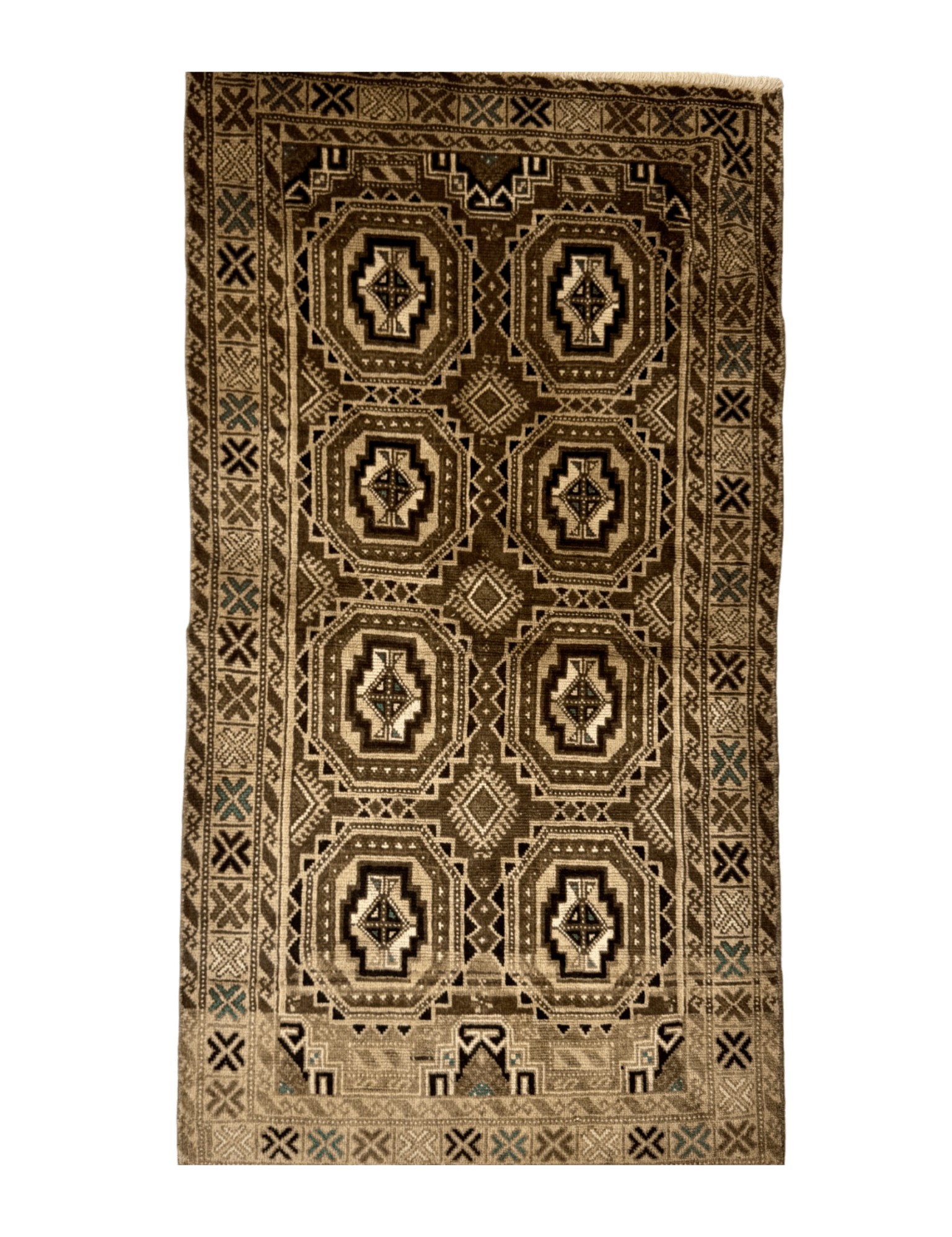
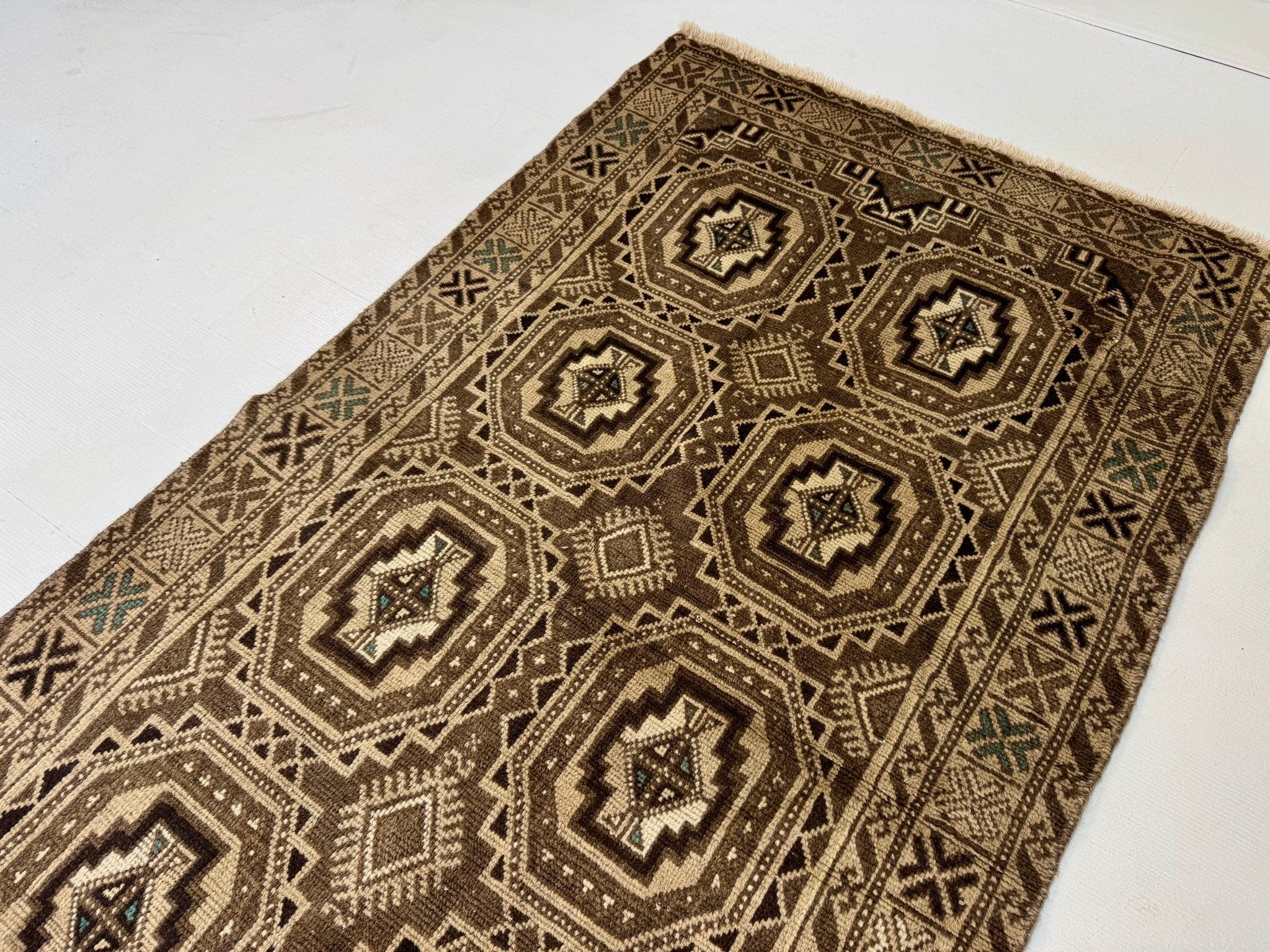
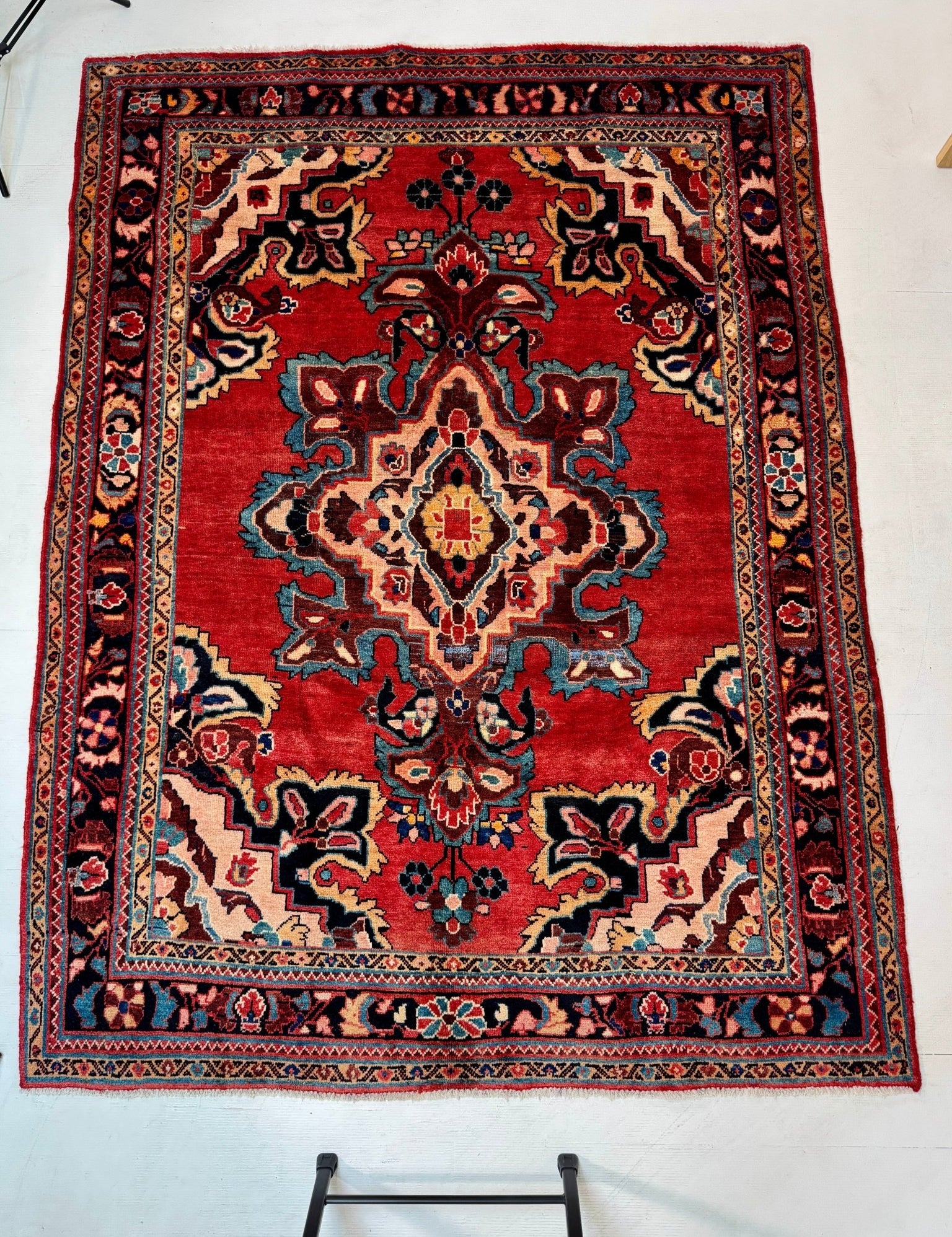
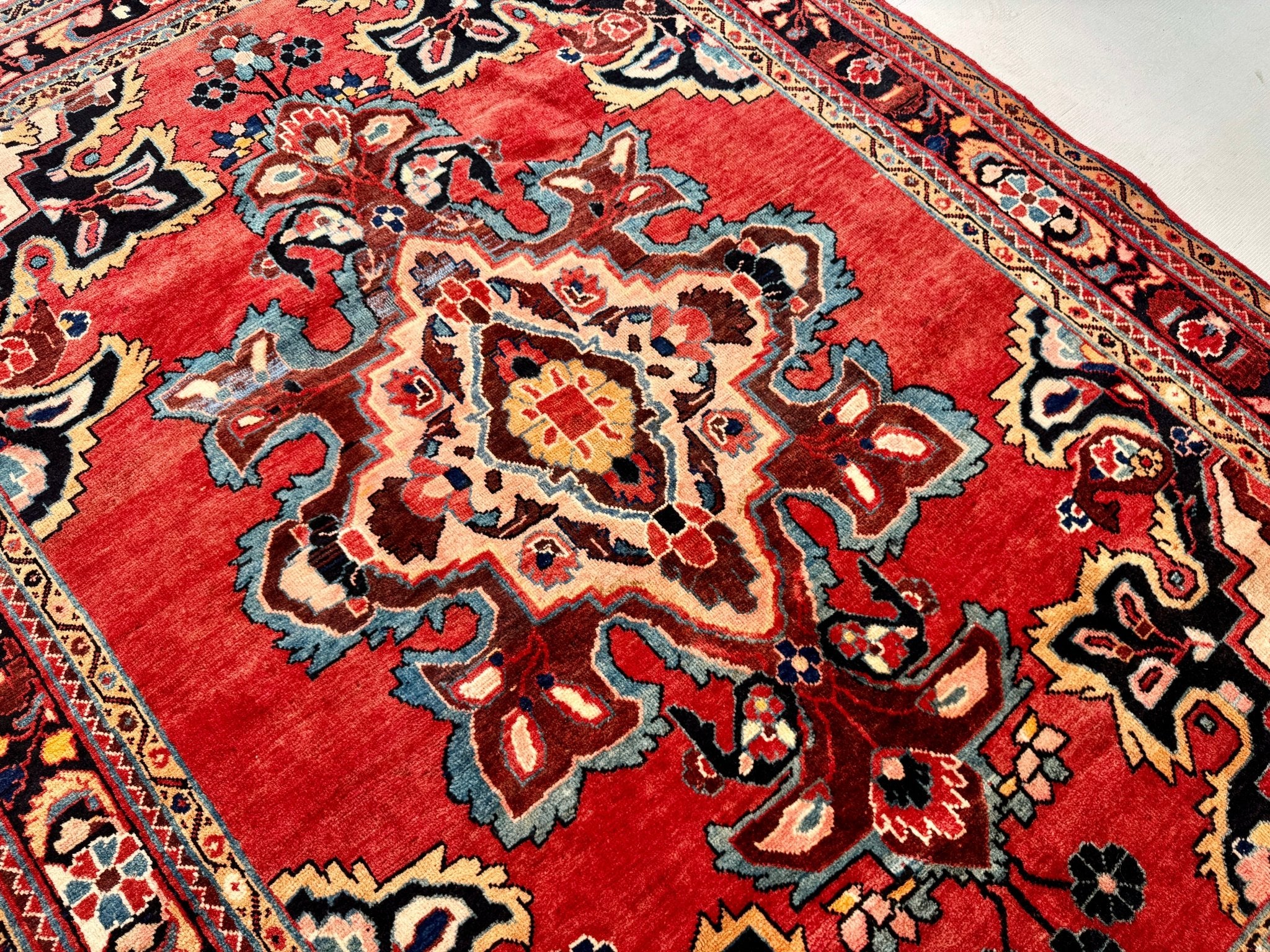
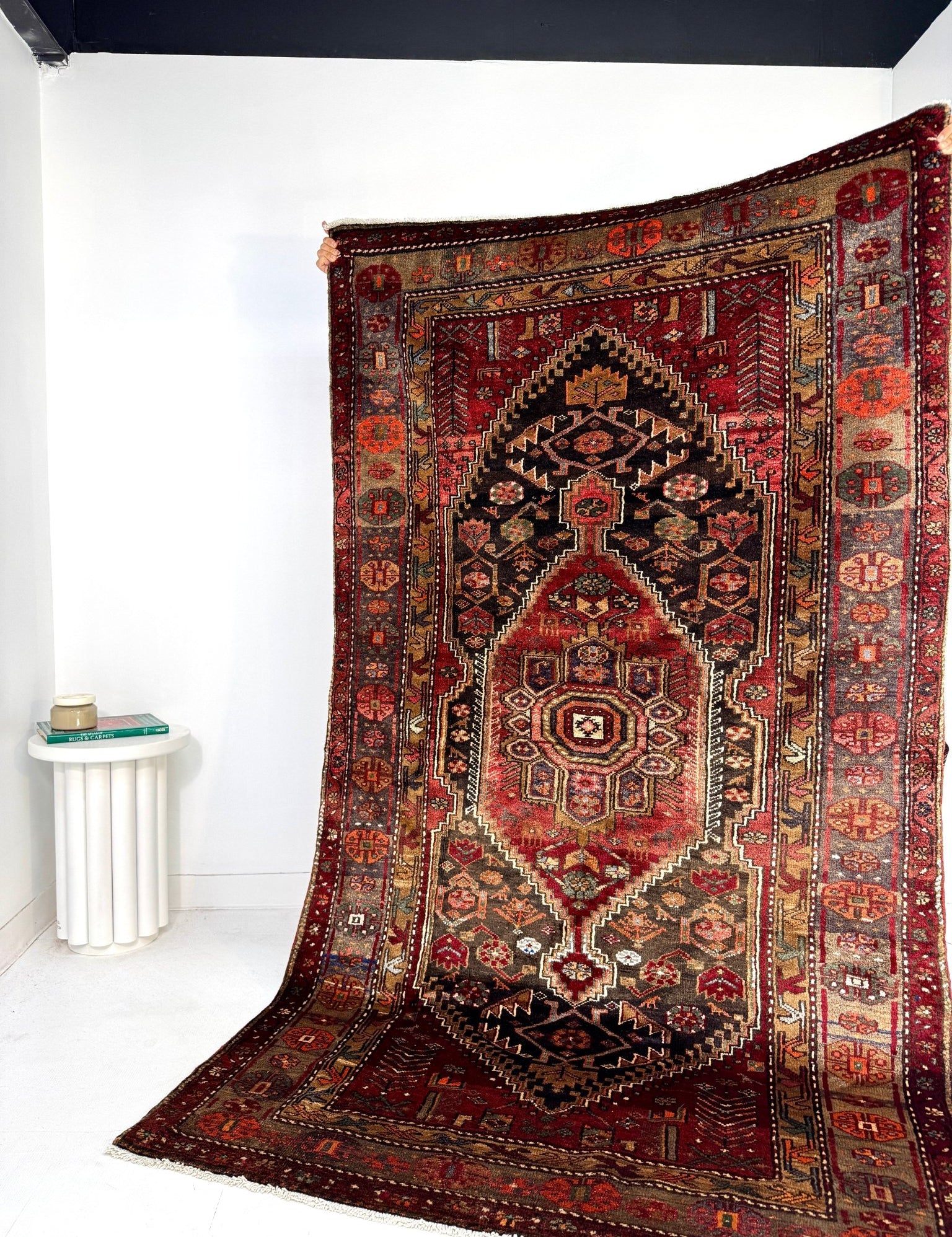
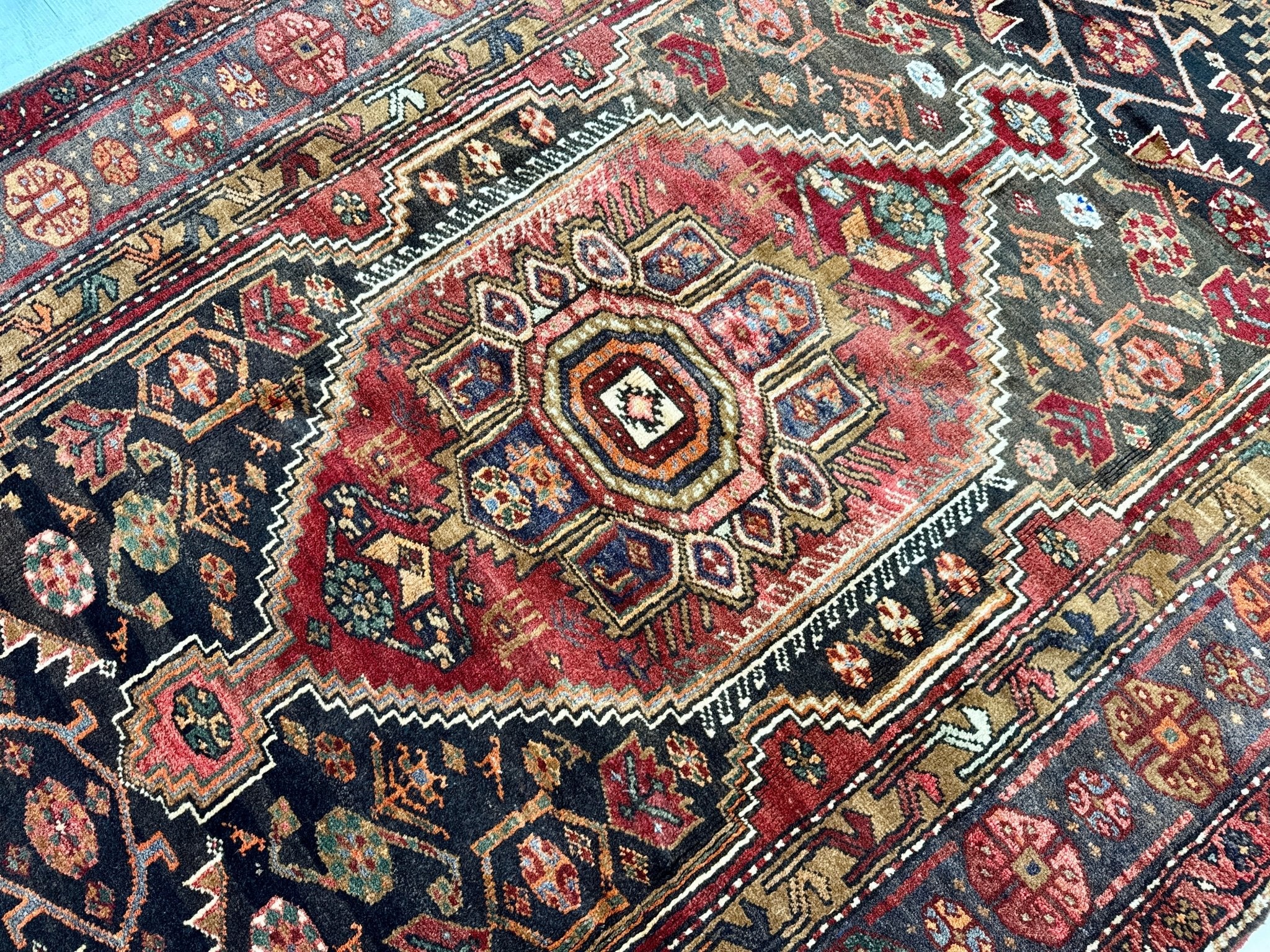
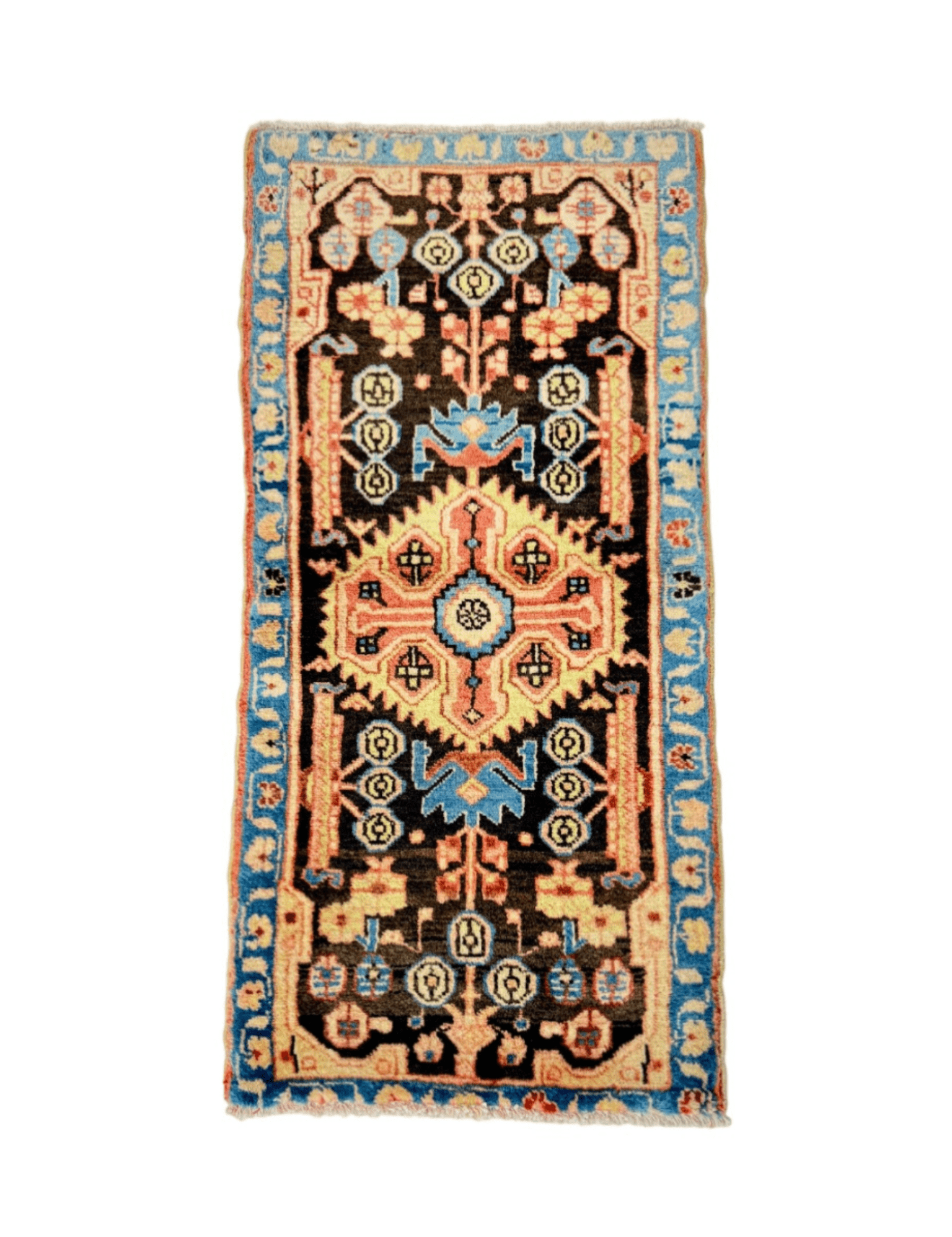
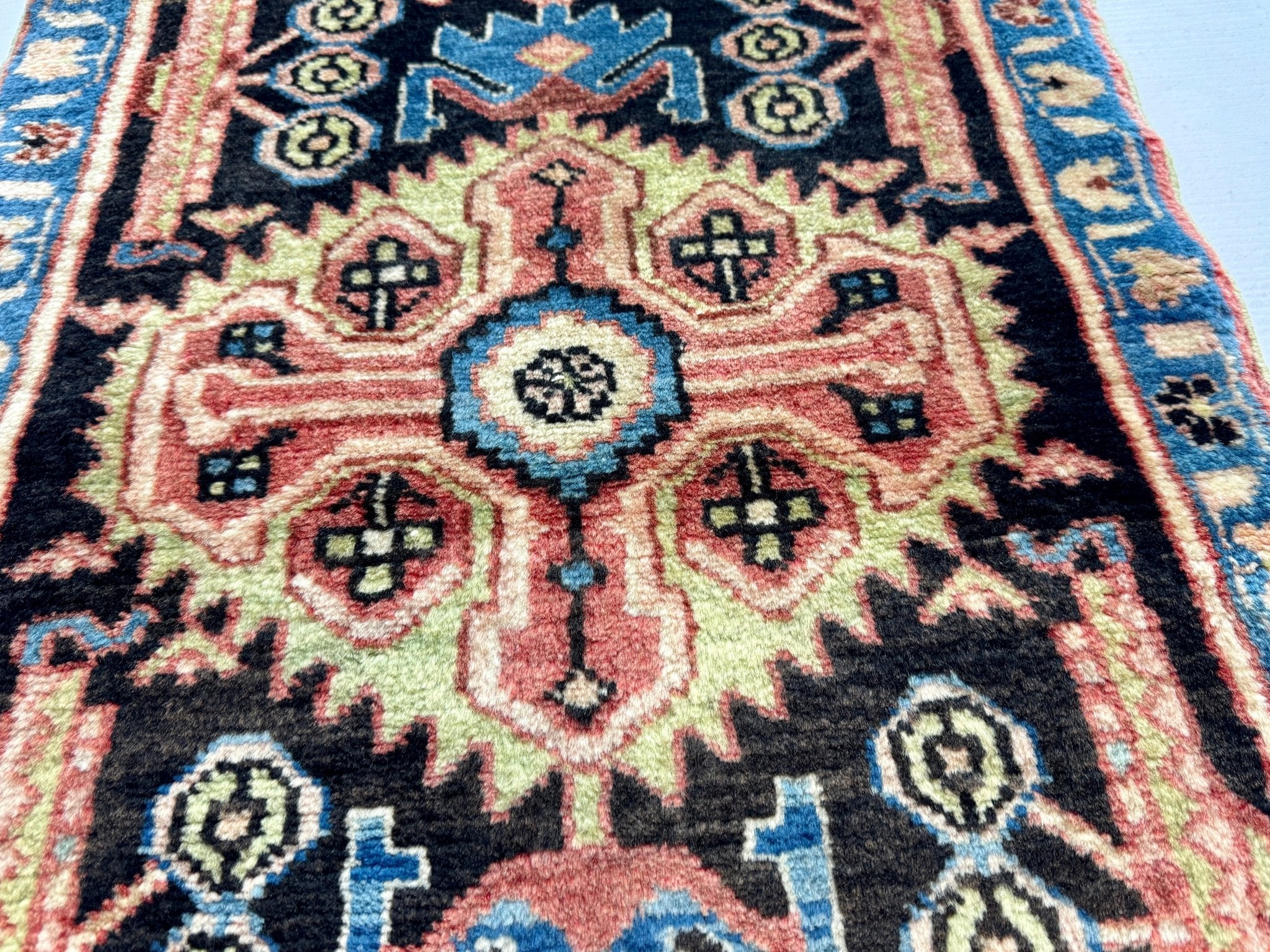
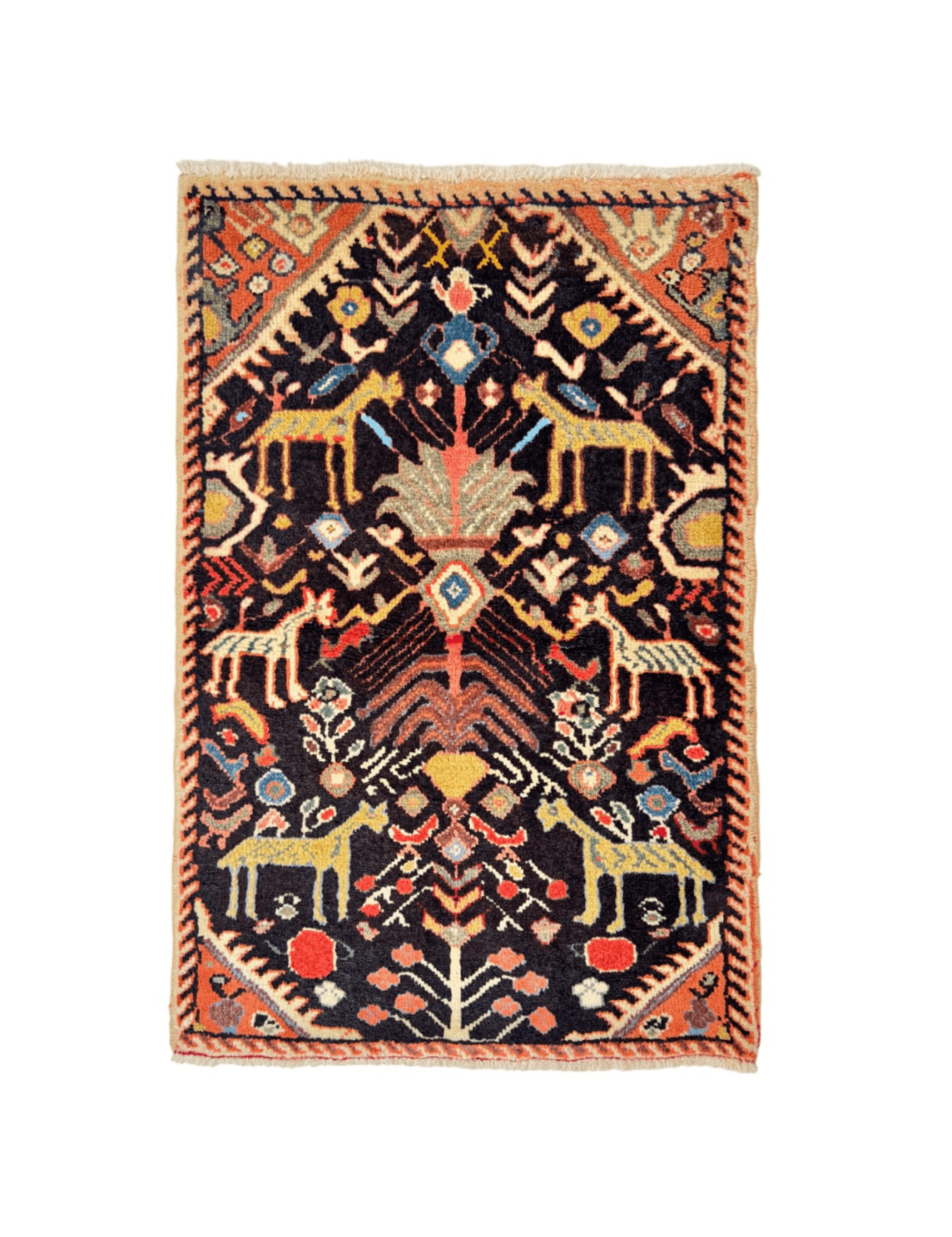
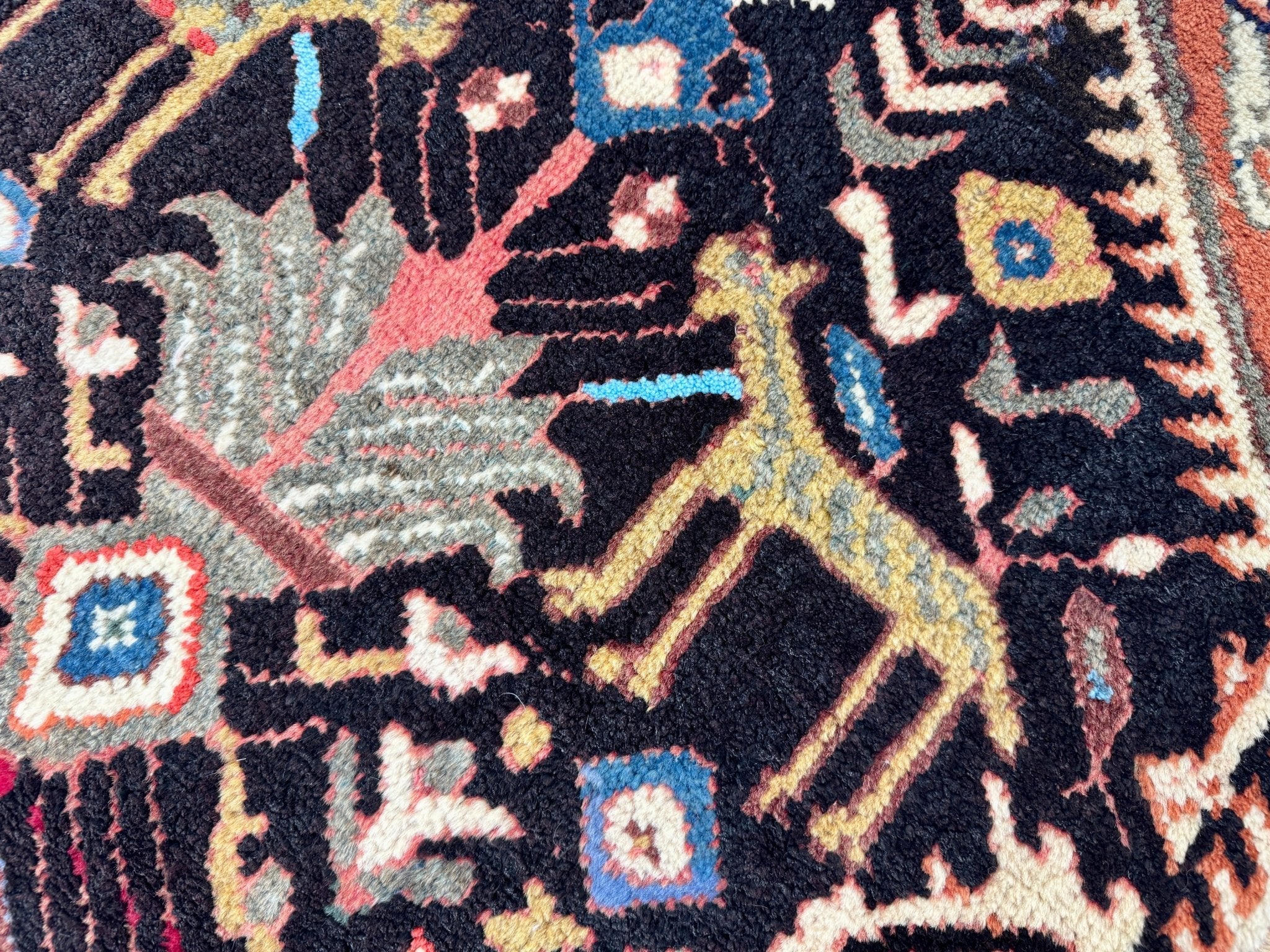


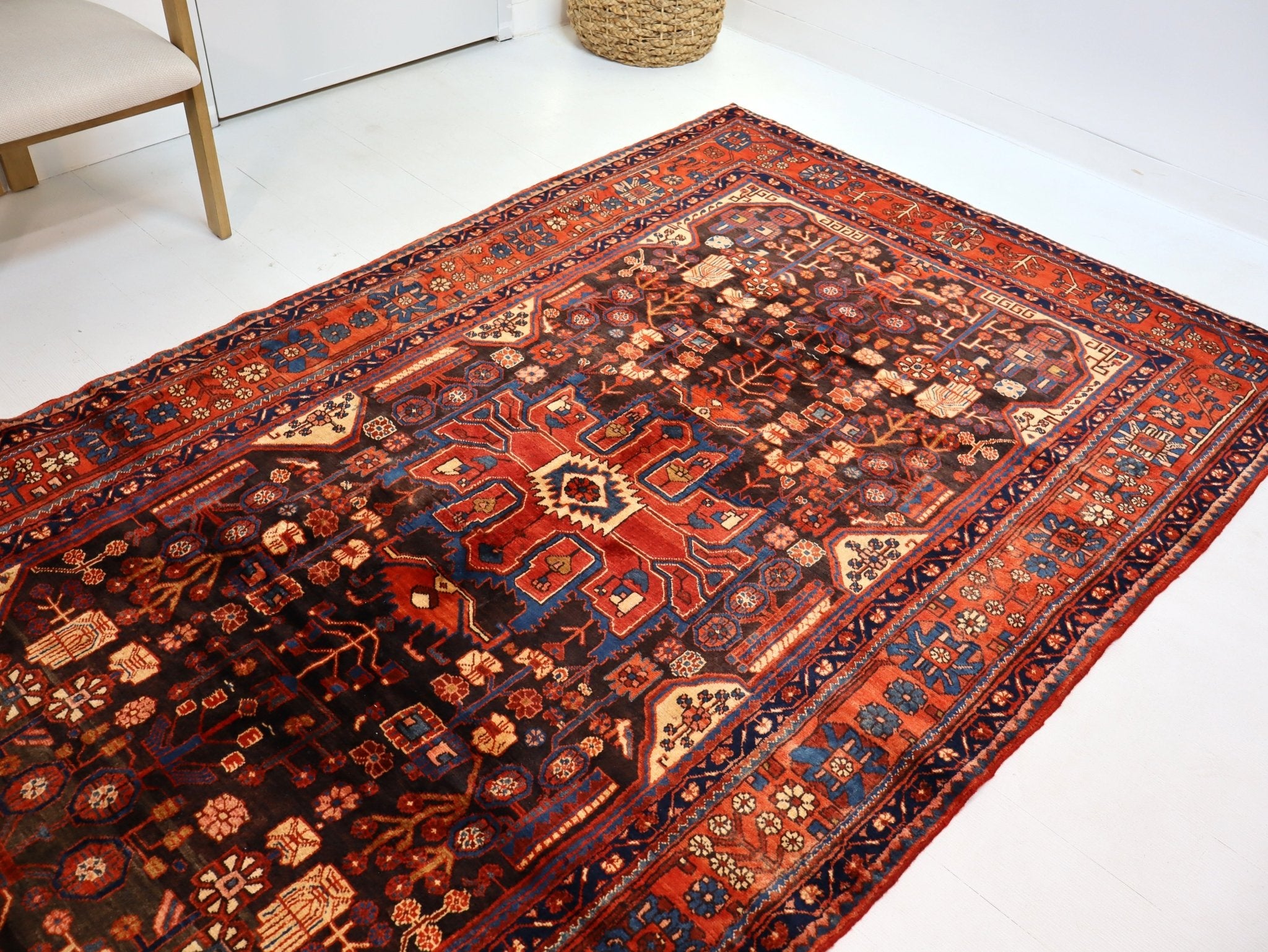
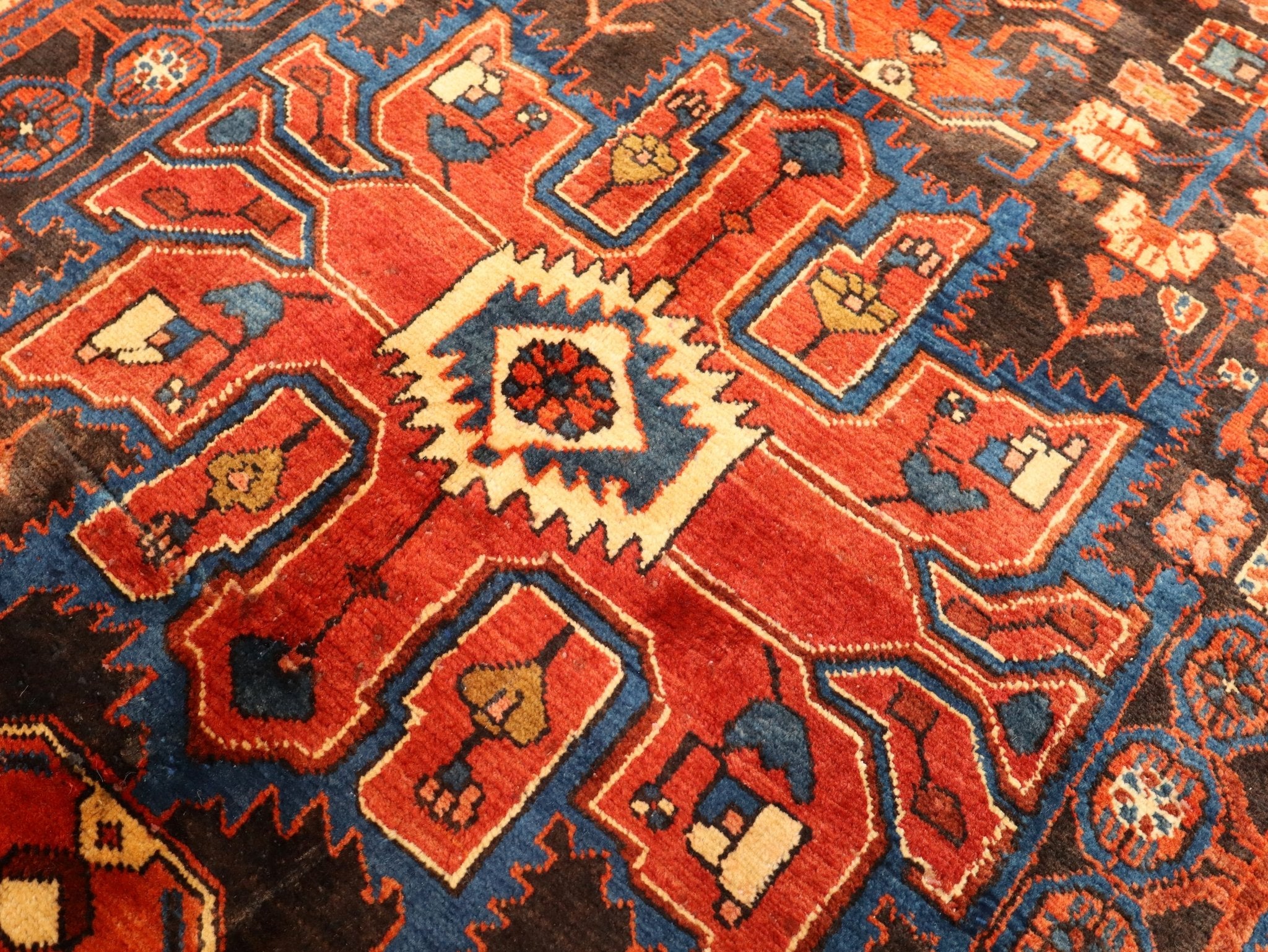
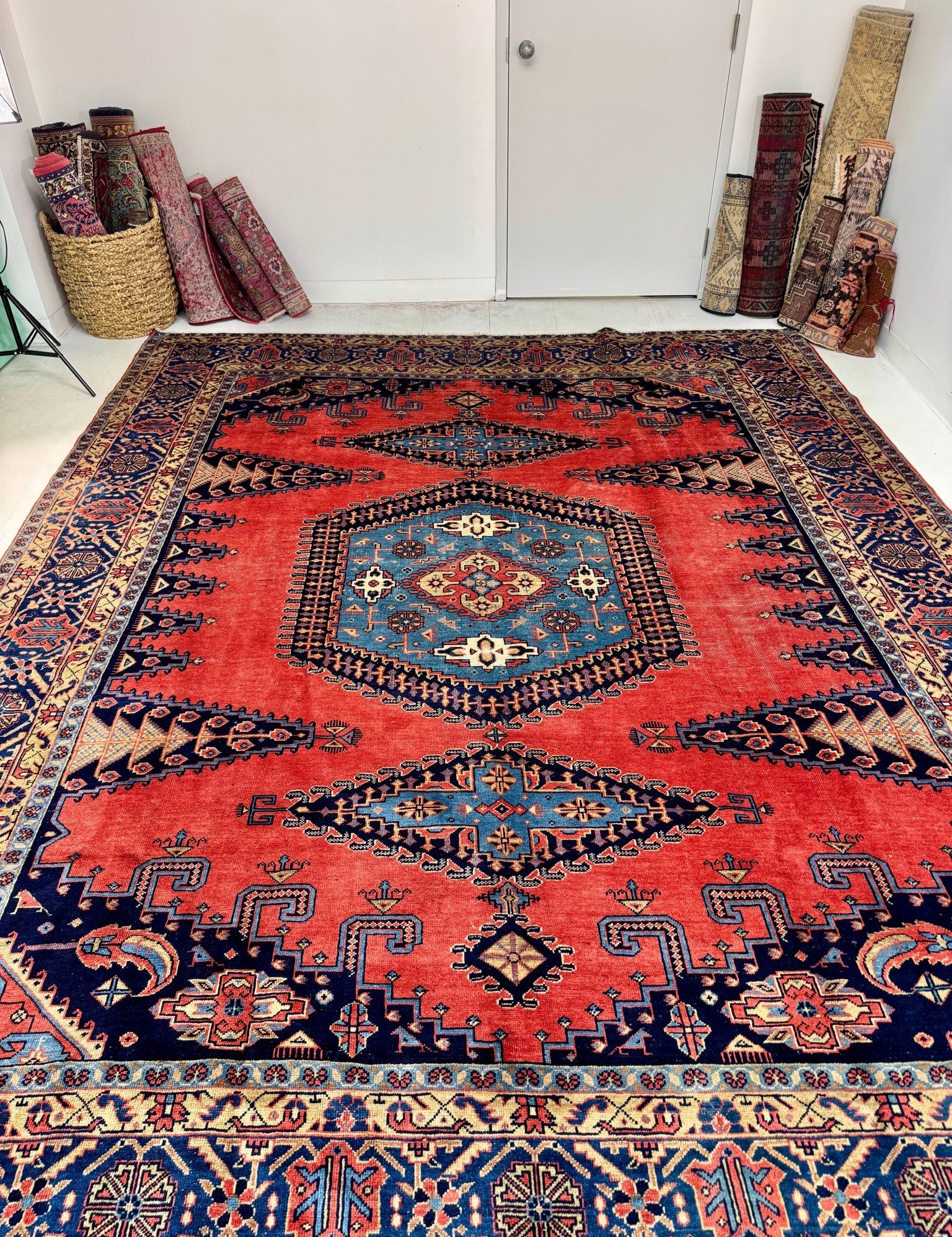
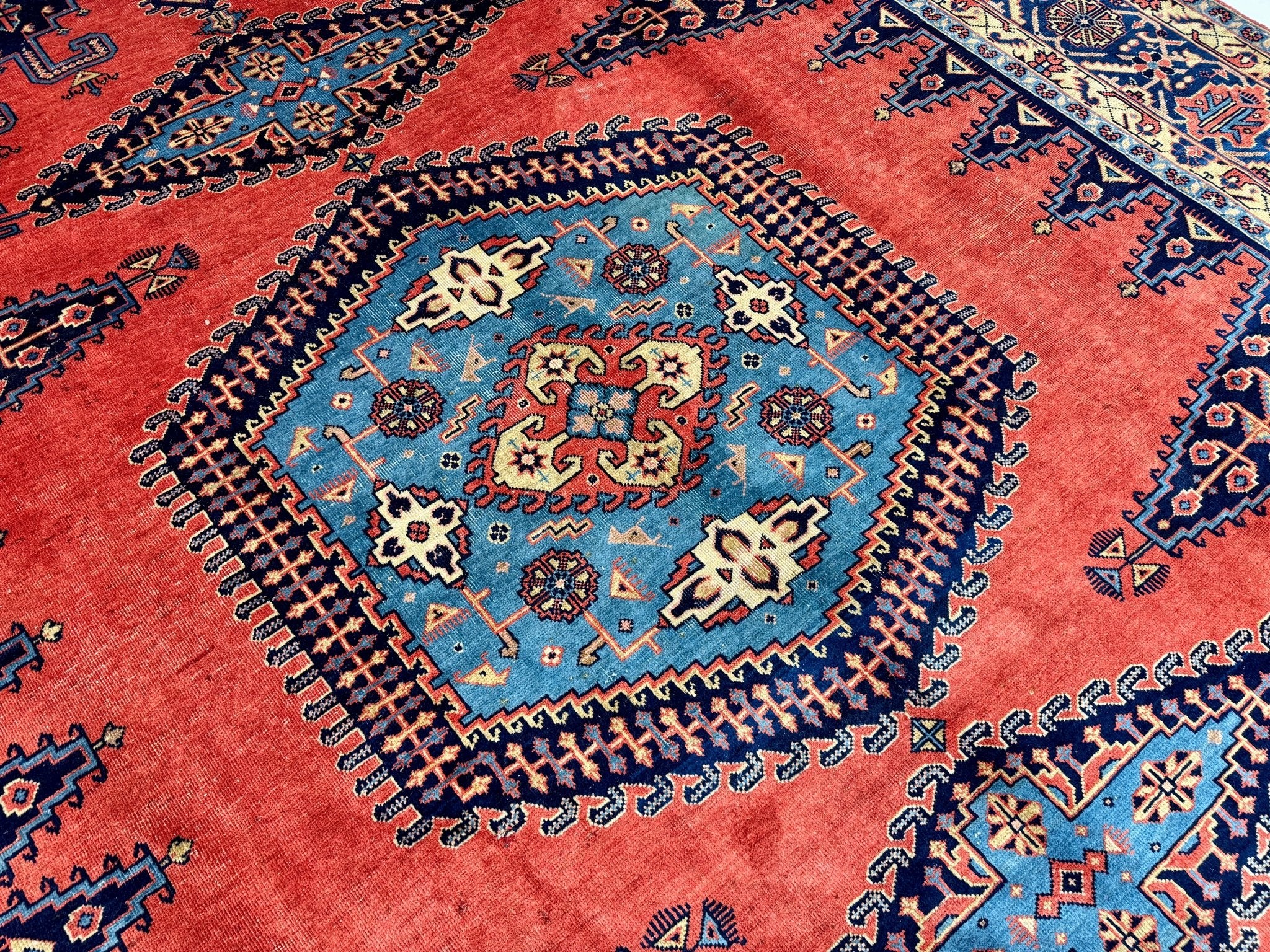
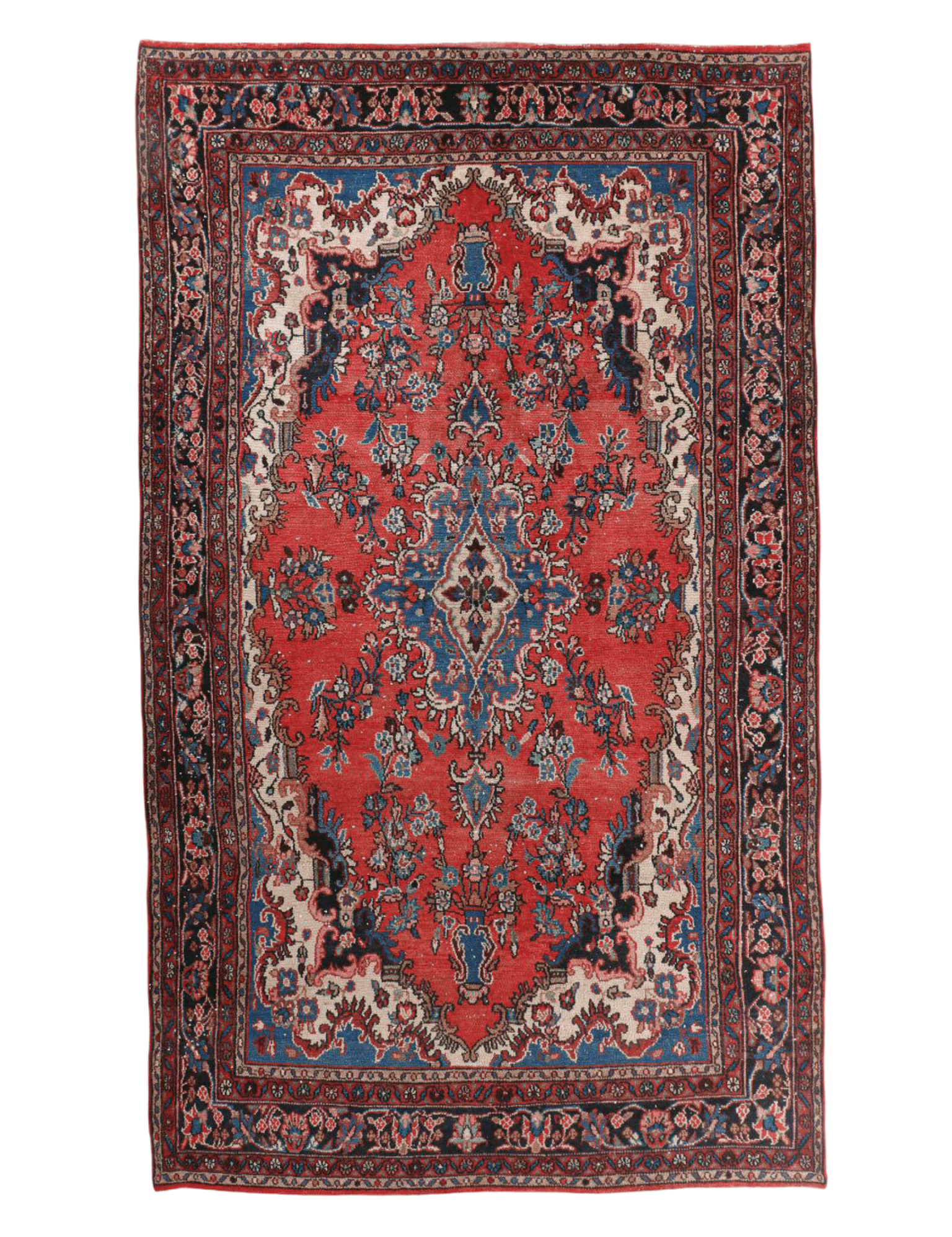
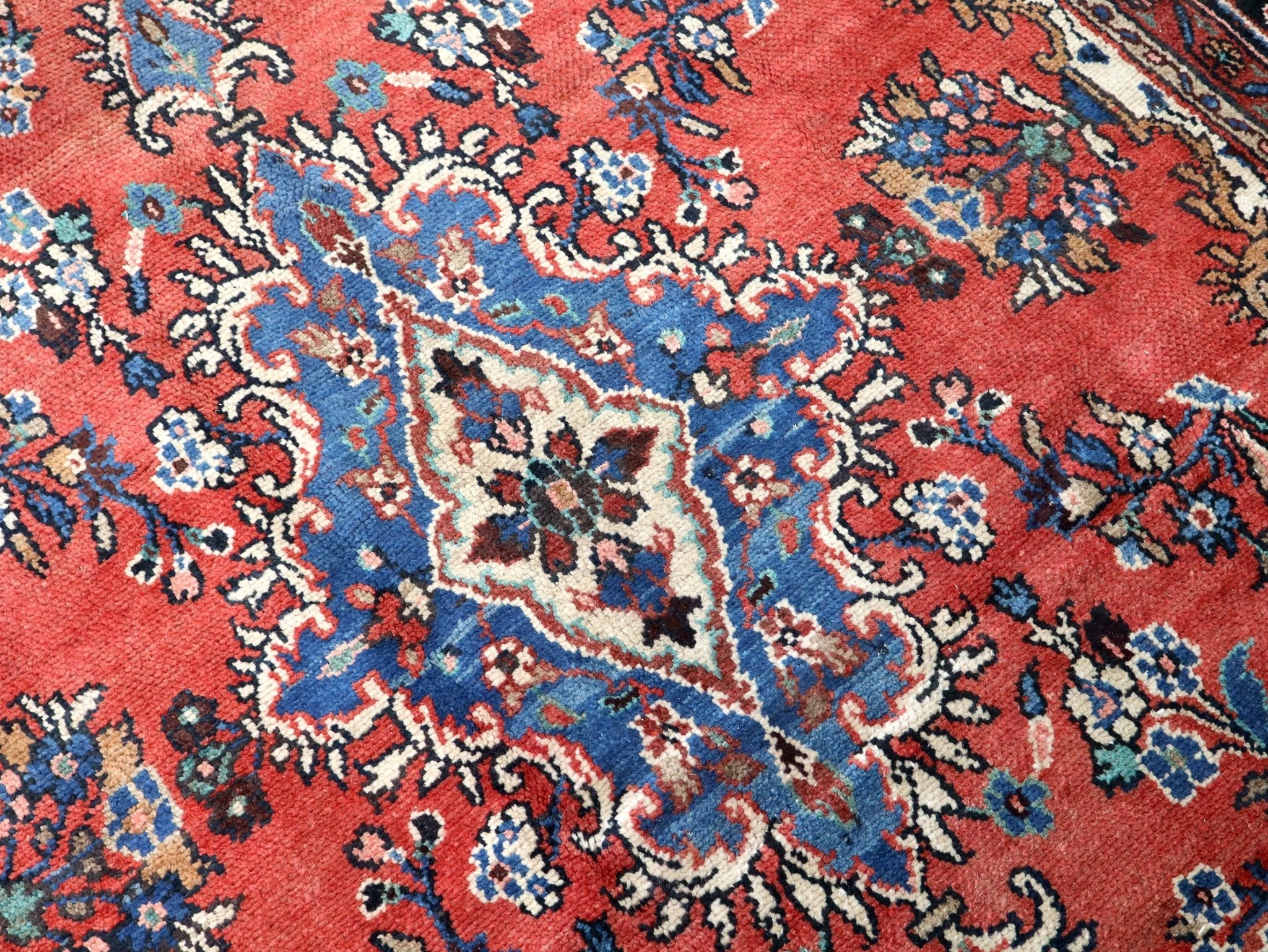
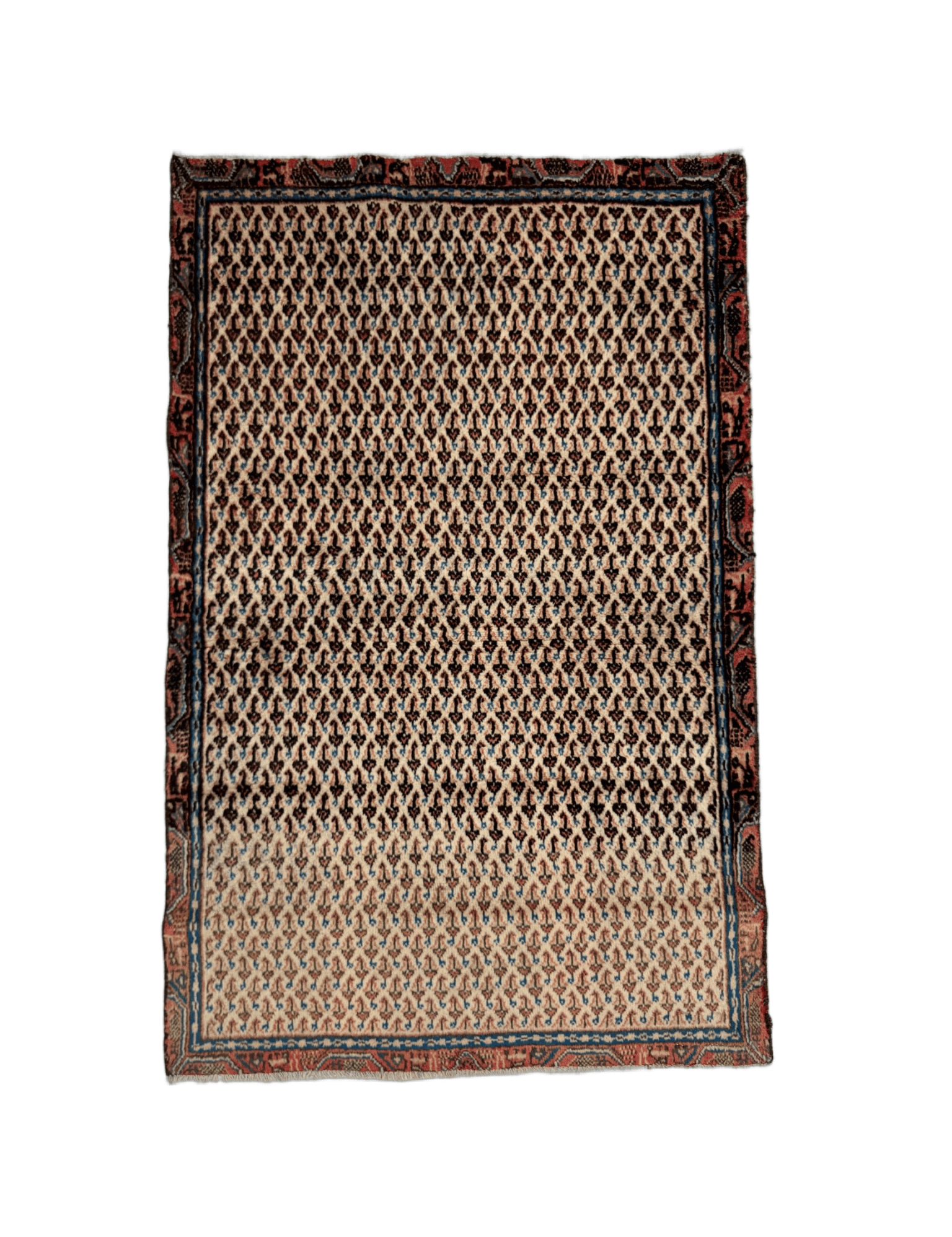
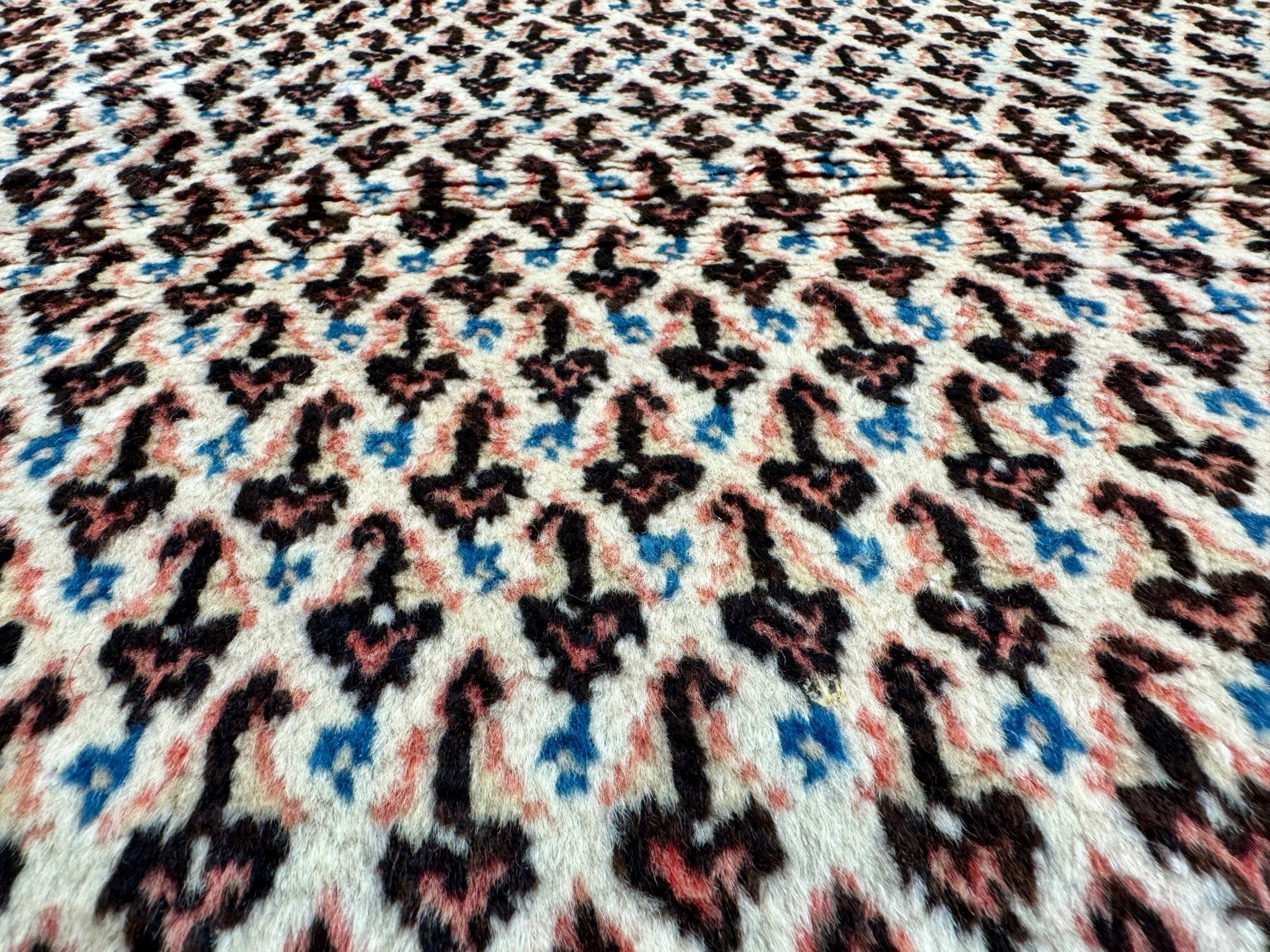

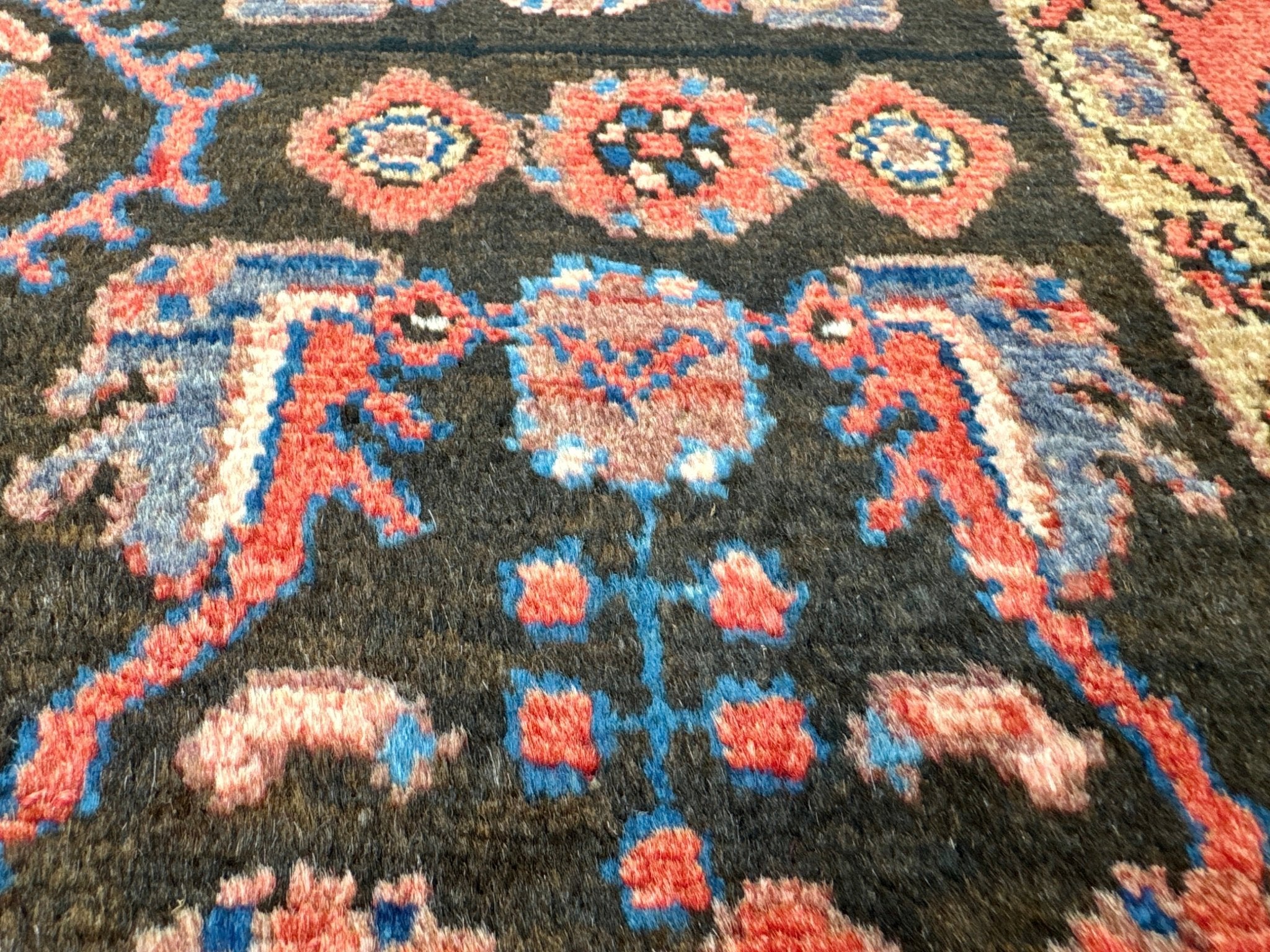
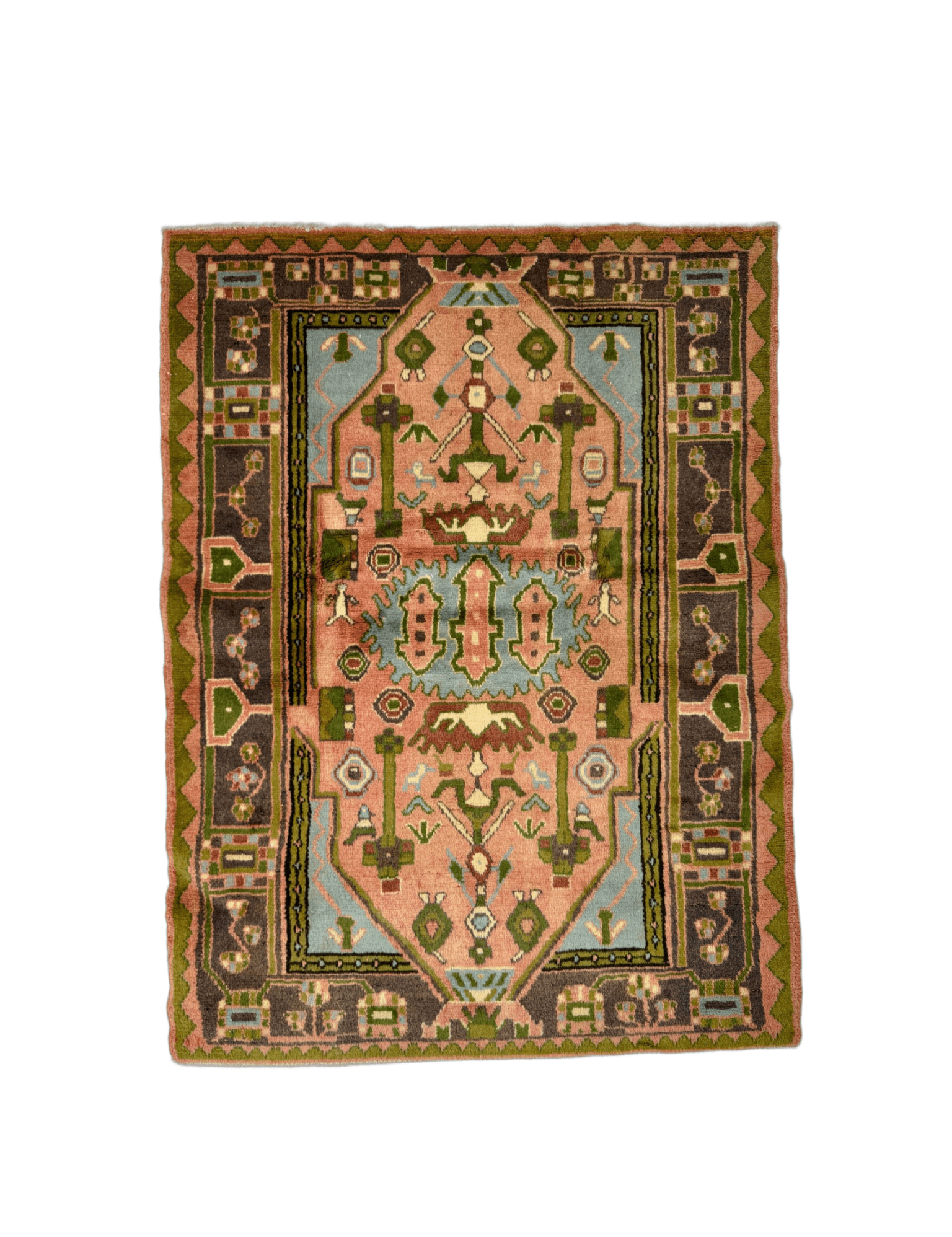
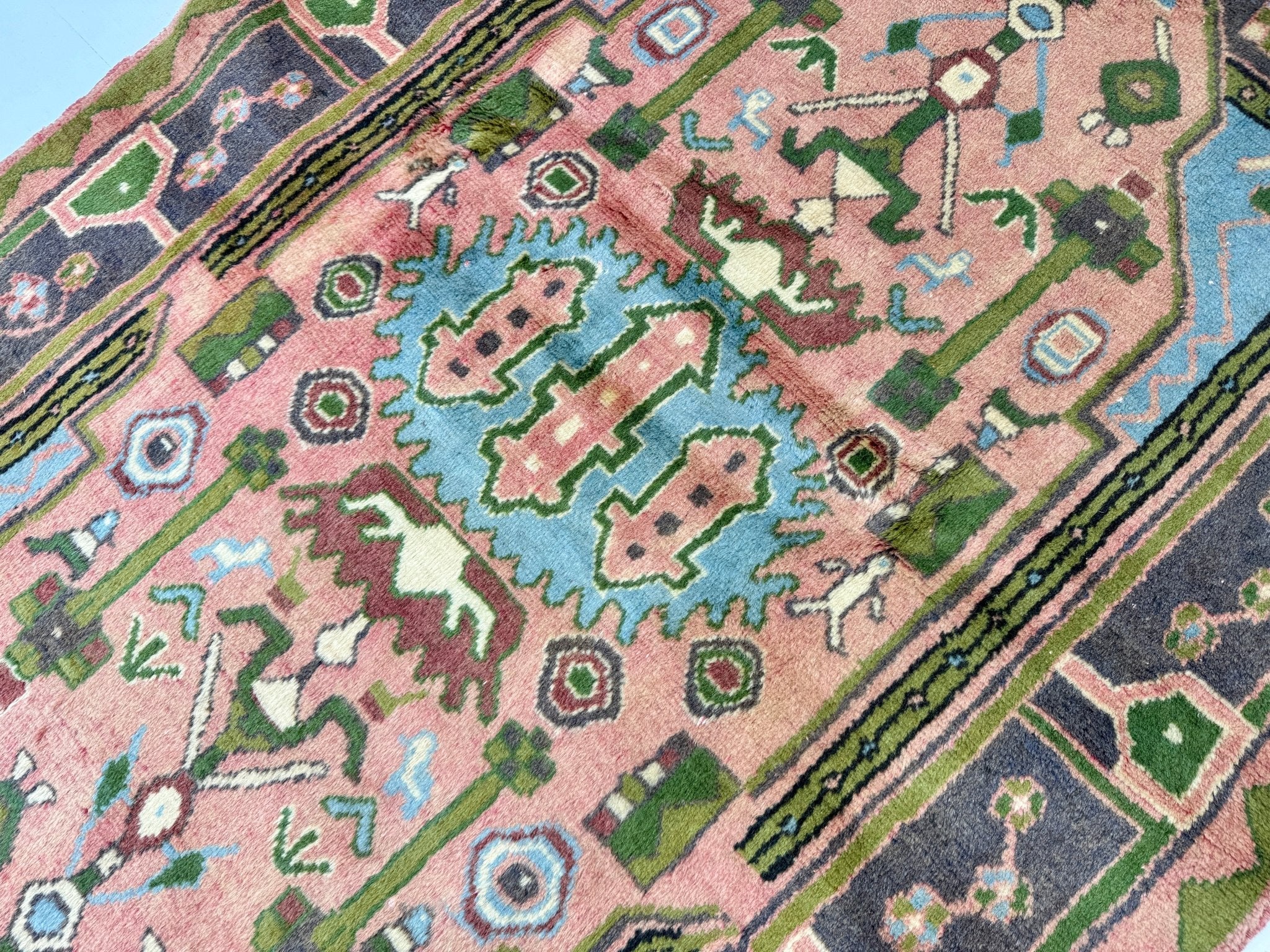
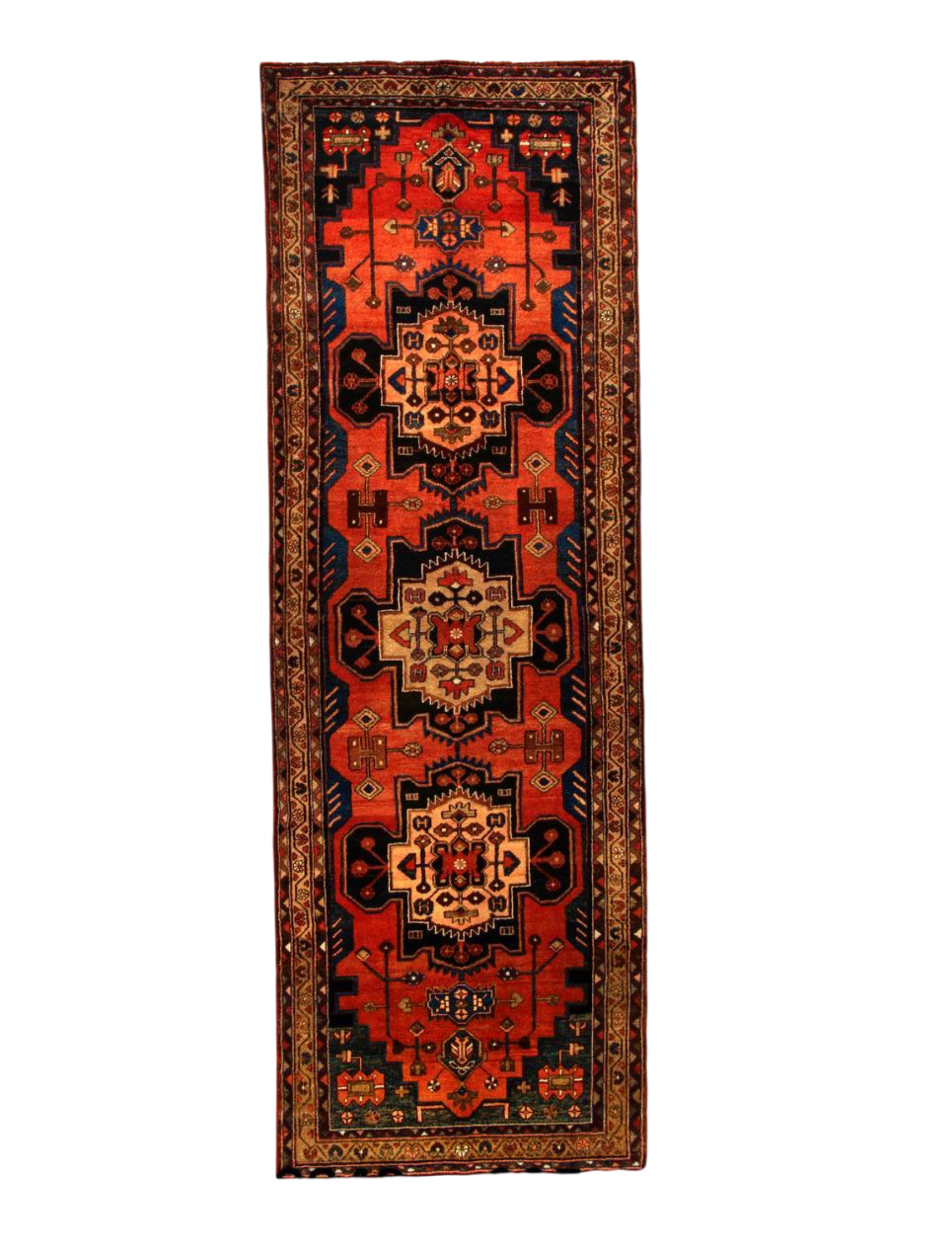
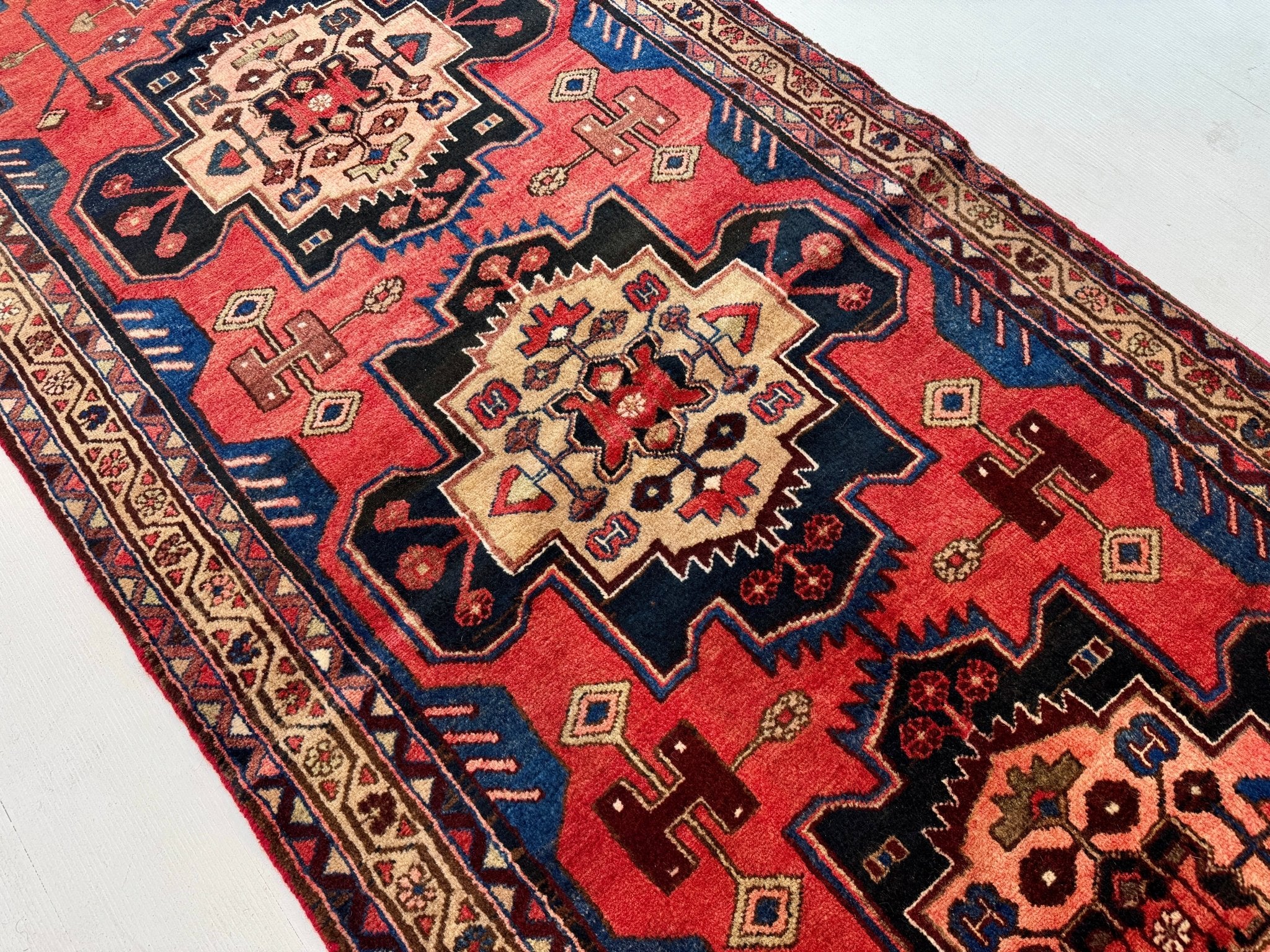
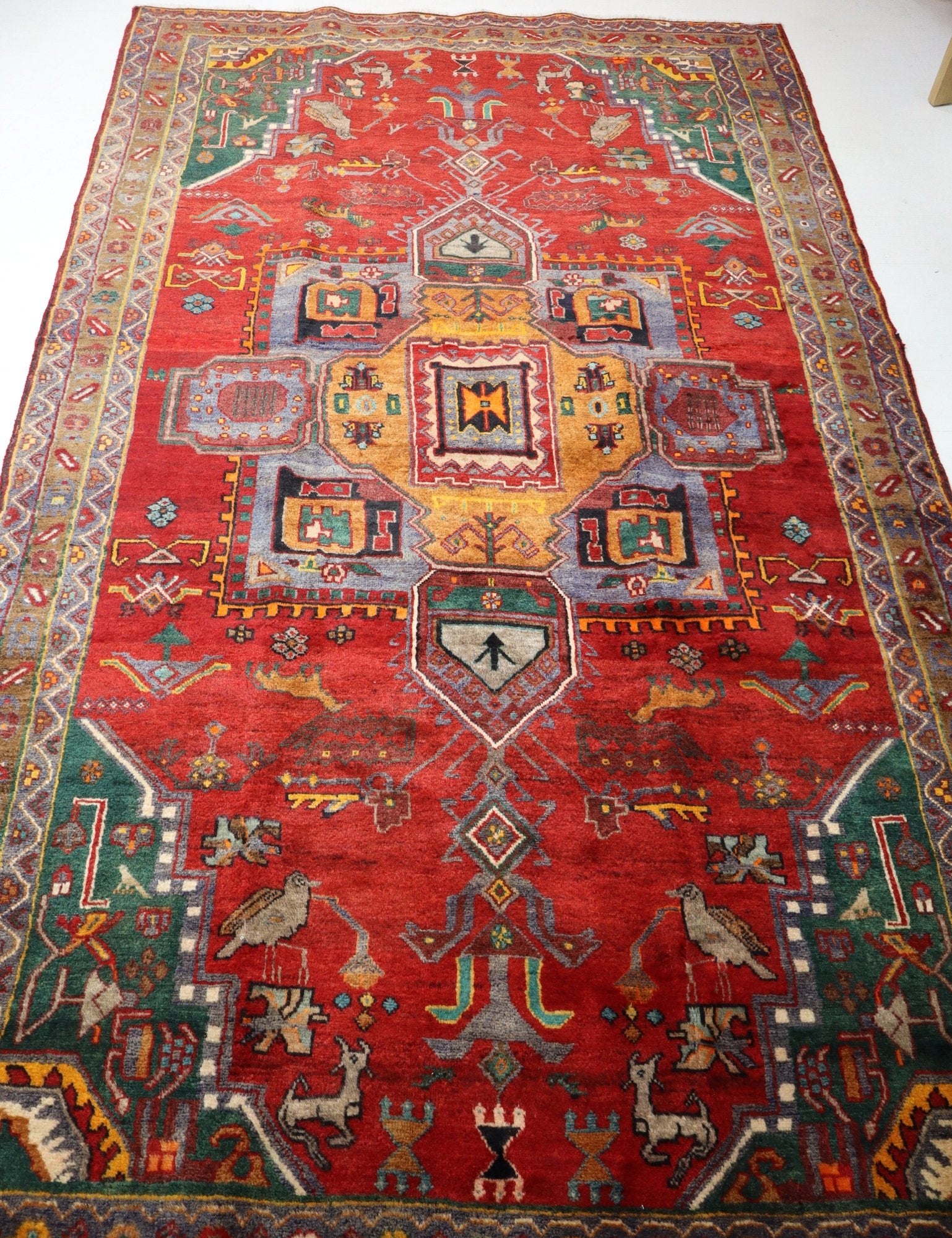
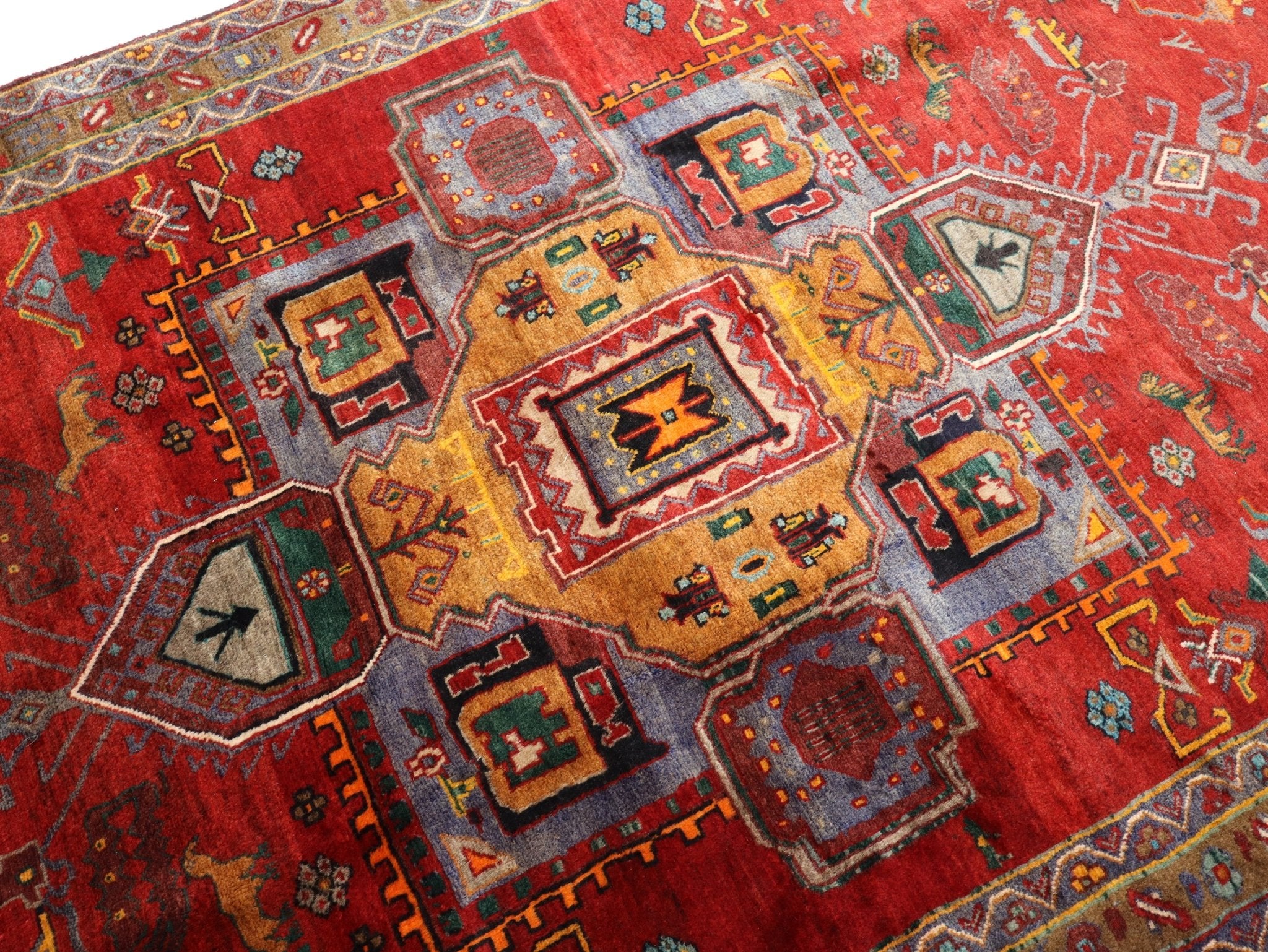
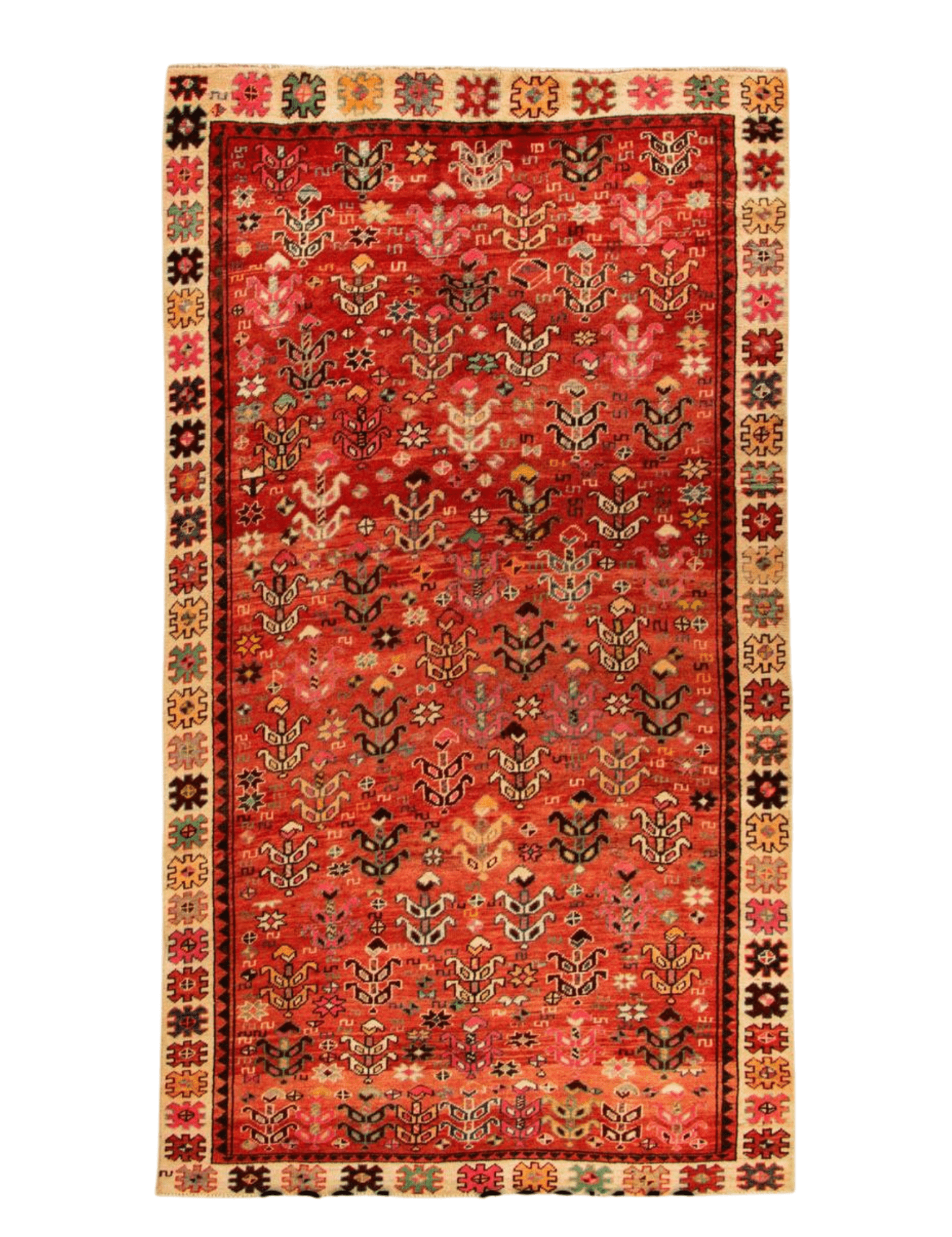
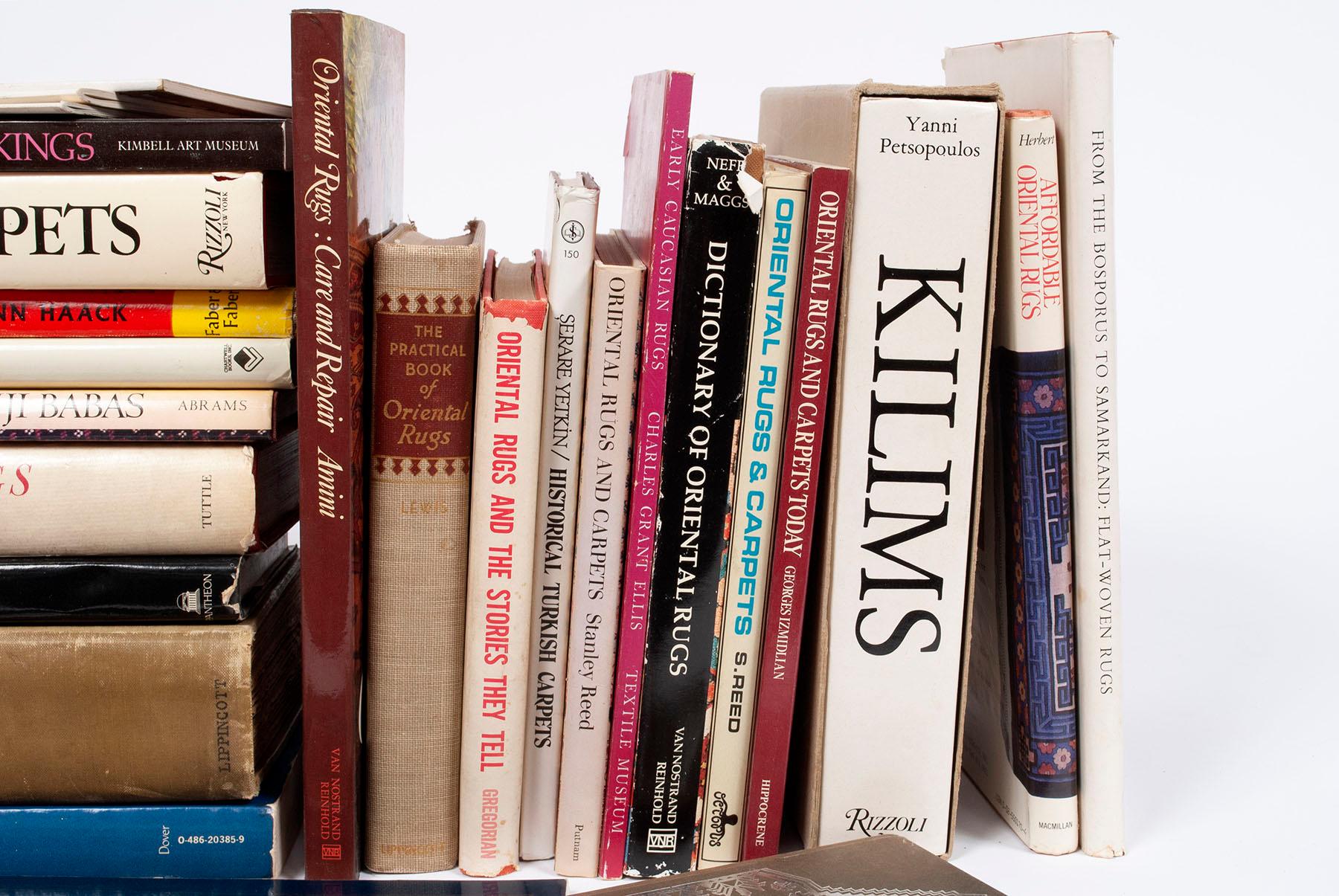
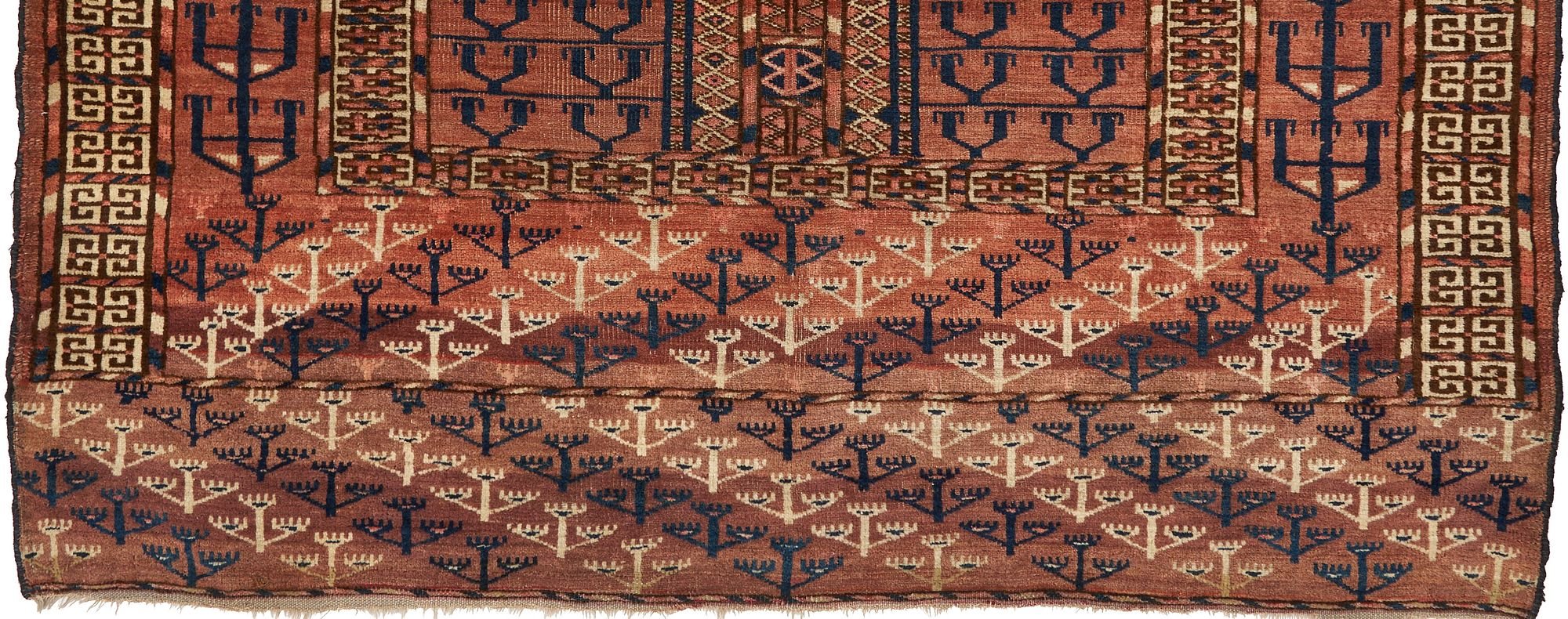
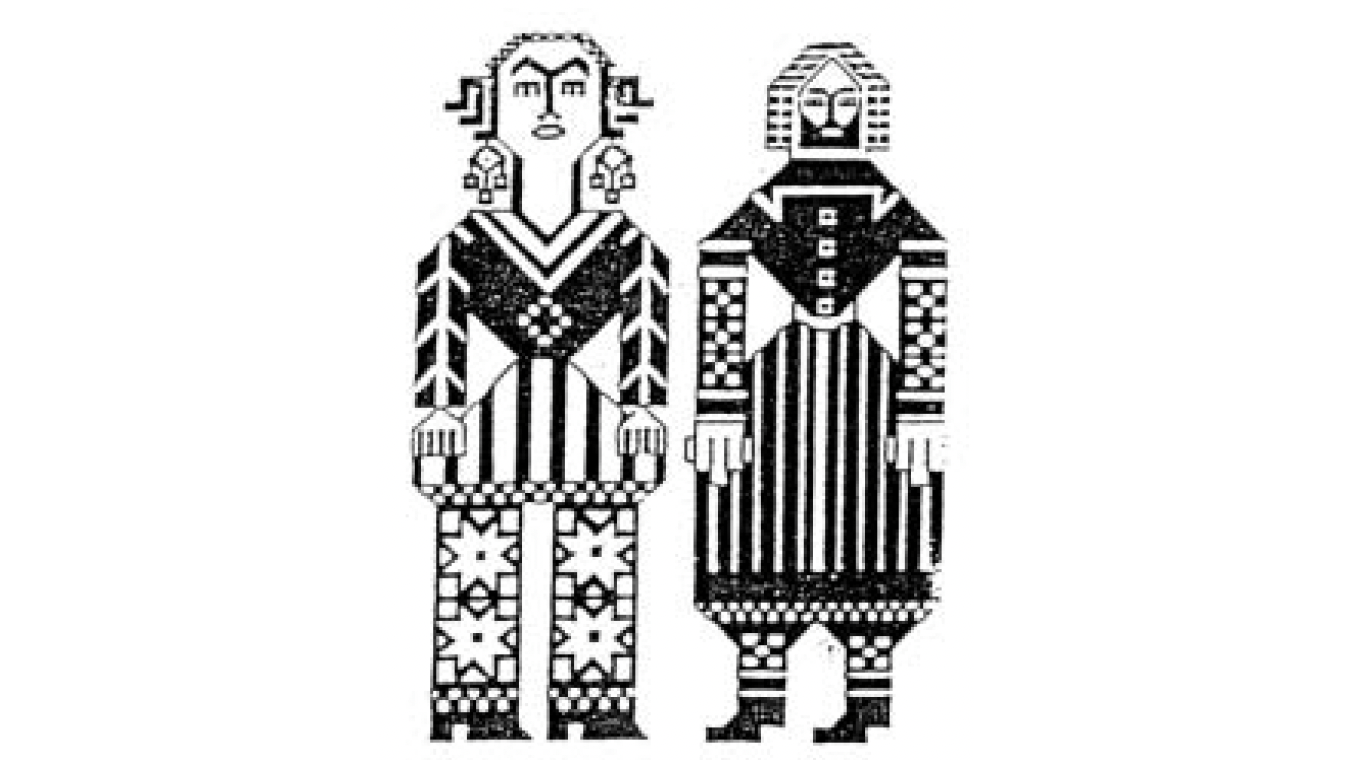
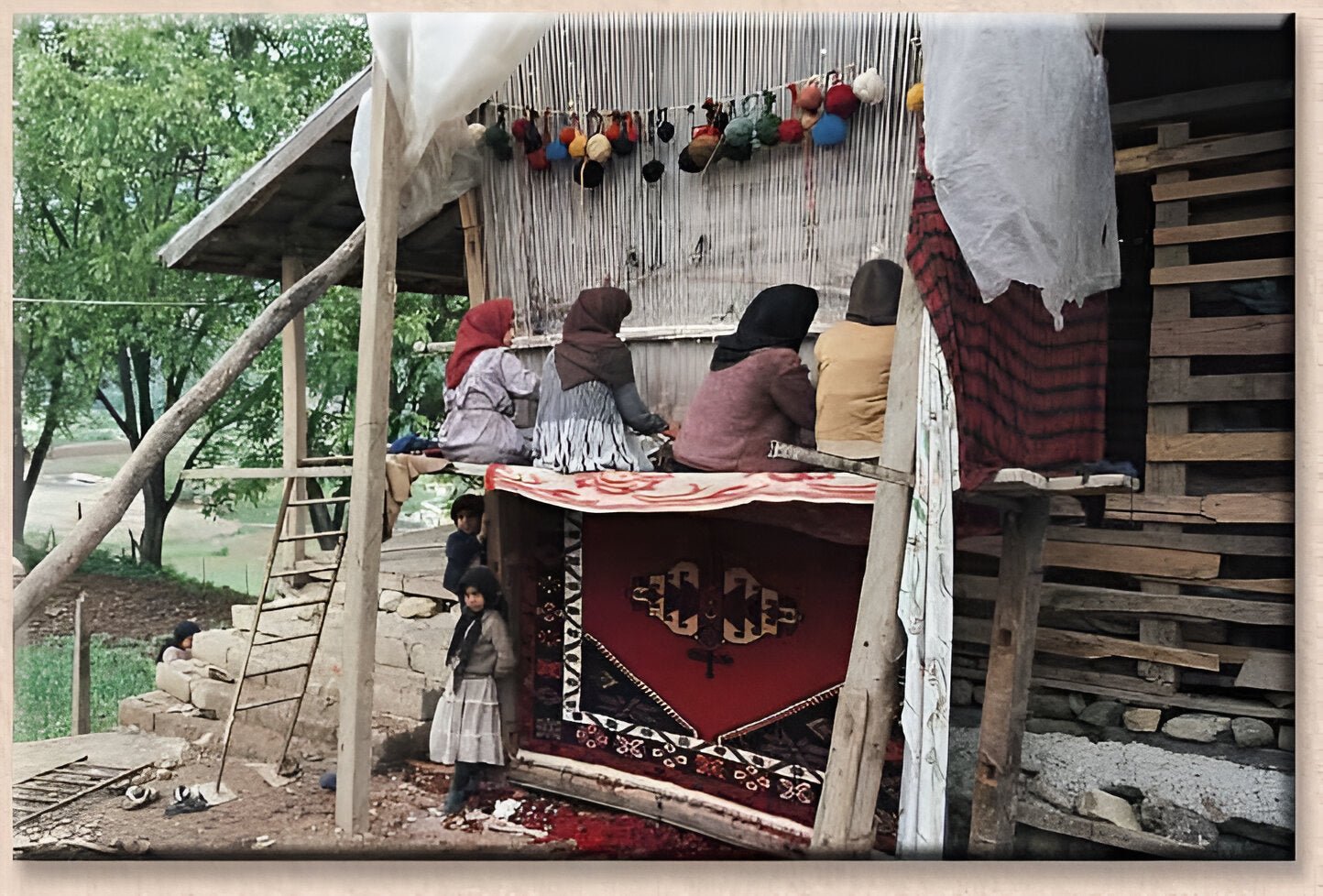
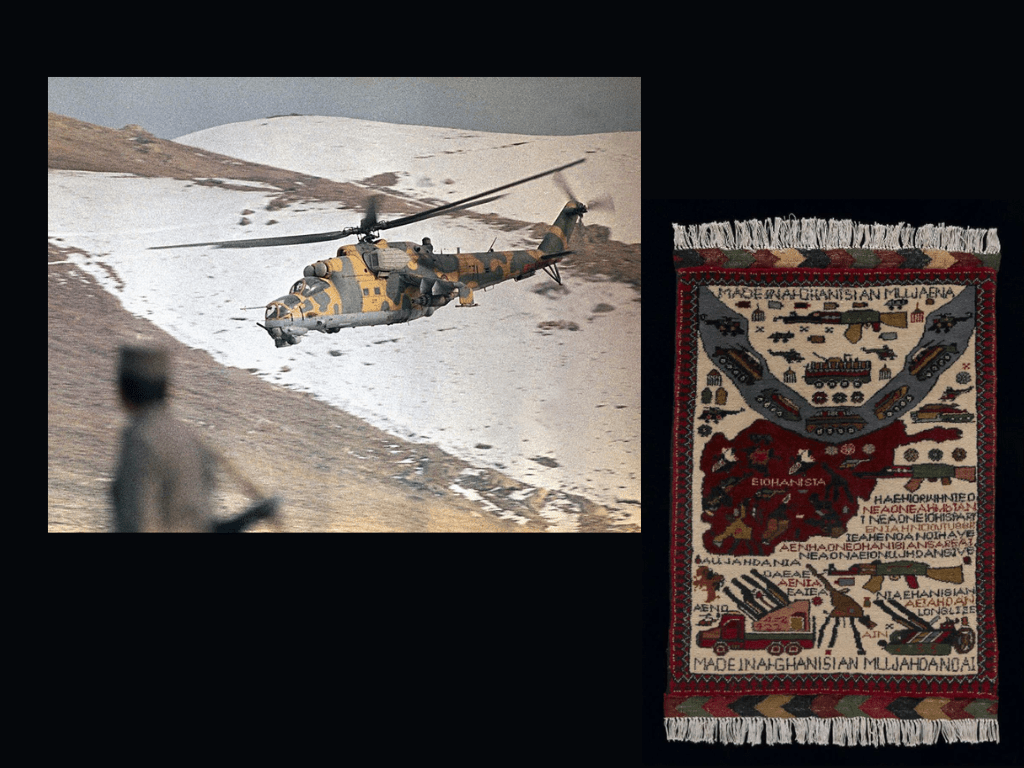
1 comment
Wow!!
Thank you a lot for this one.
Persian rugs are precious. I bought one for my home from you, and I love it.
I am looking forward to future articles like this.
Leave a comment